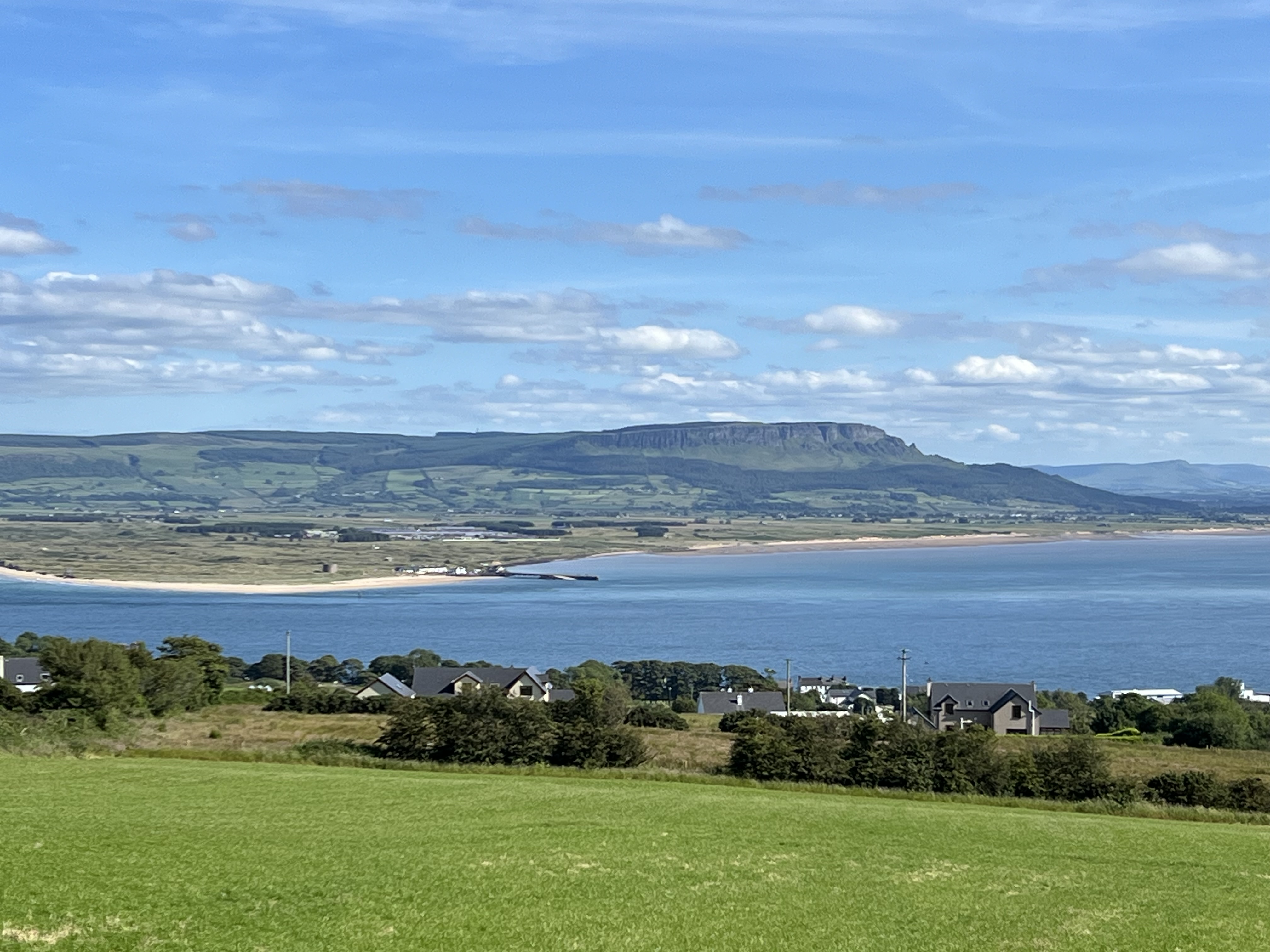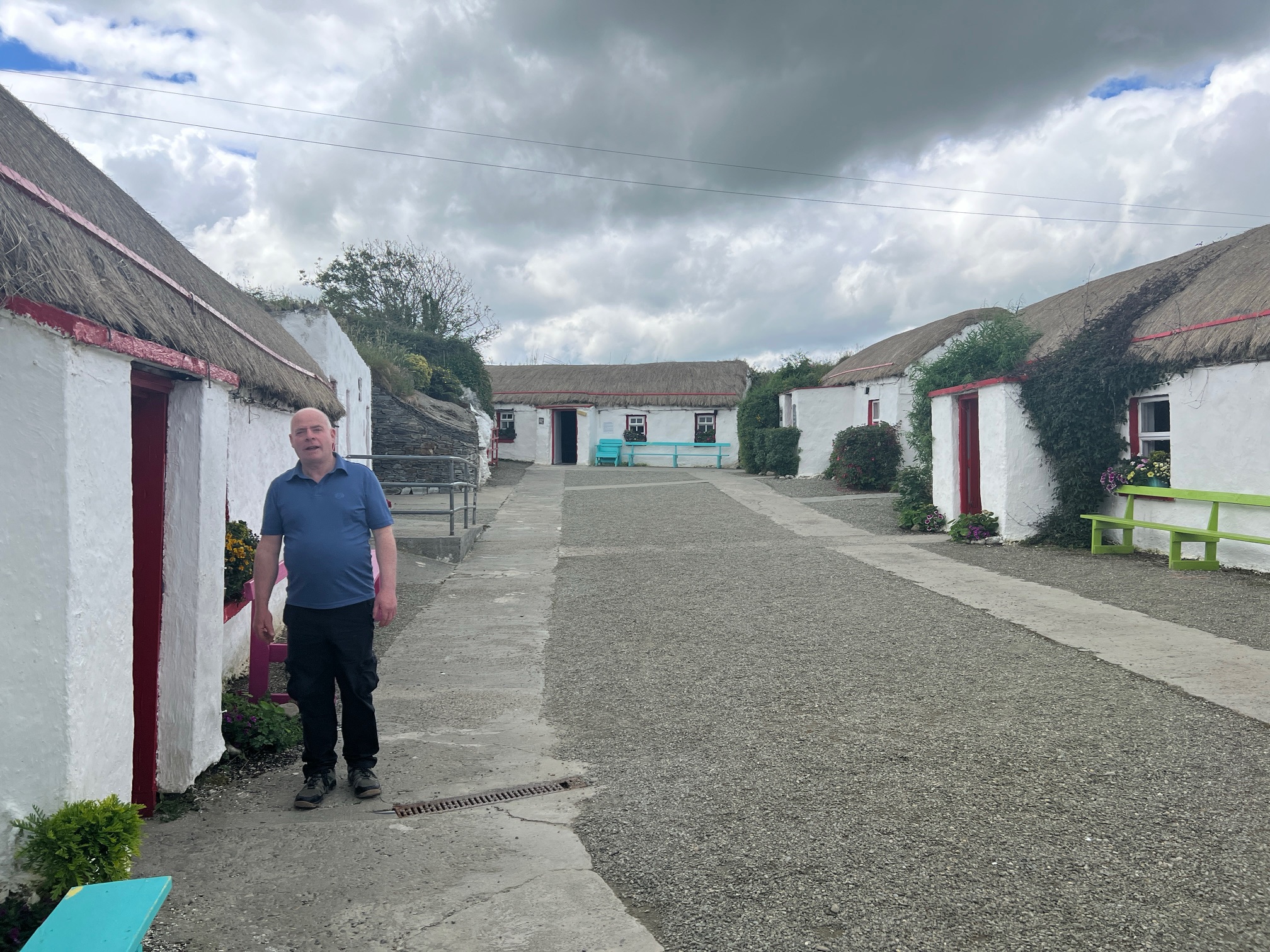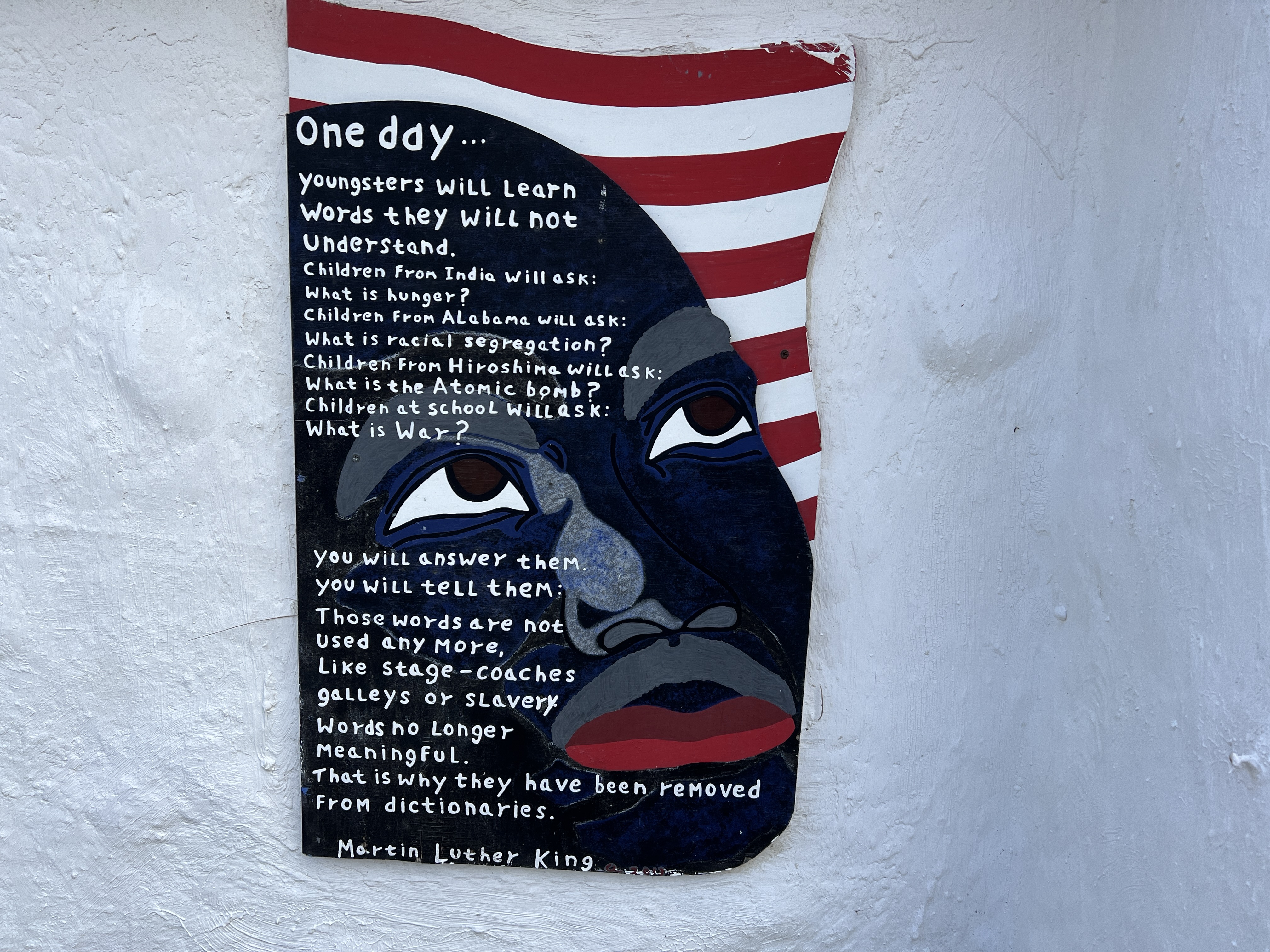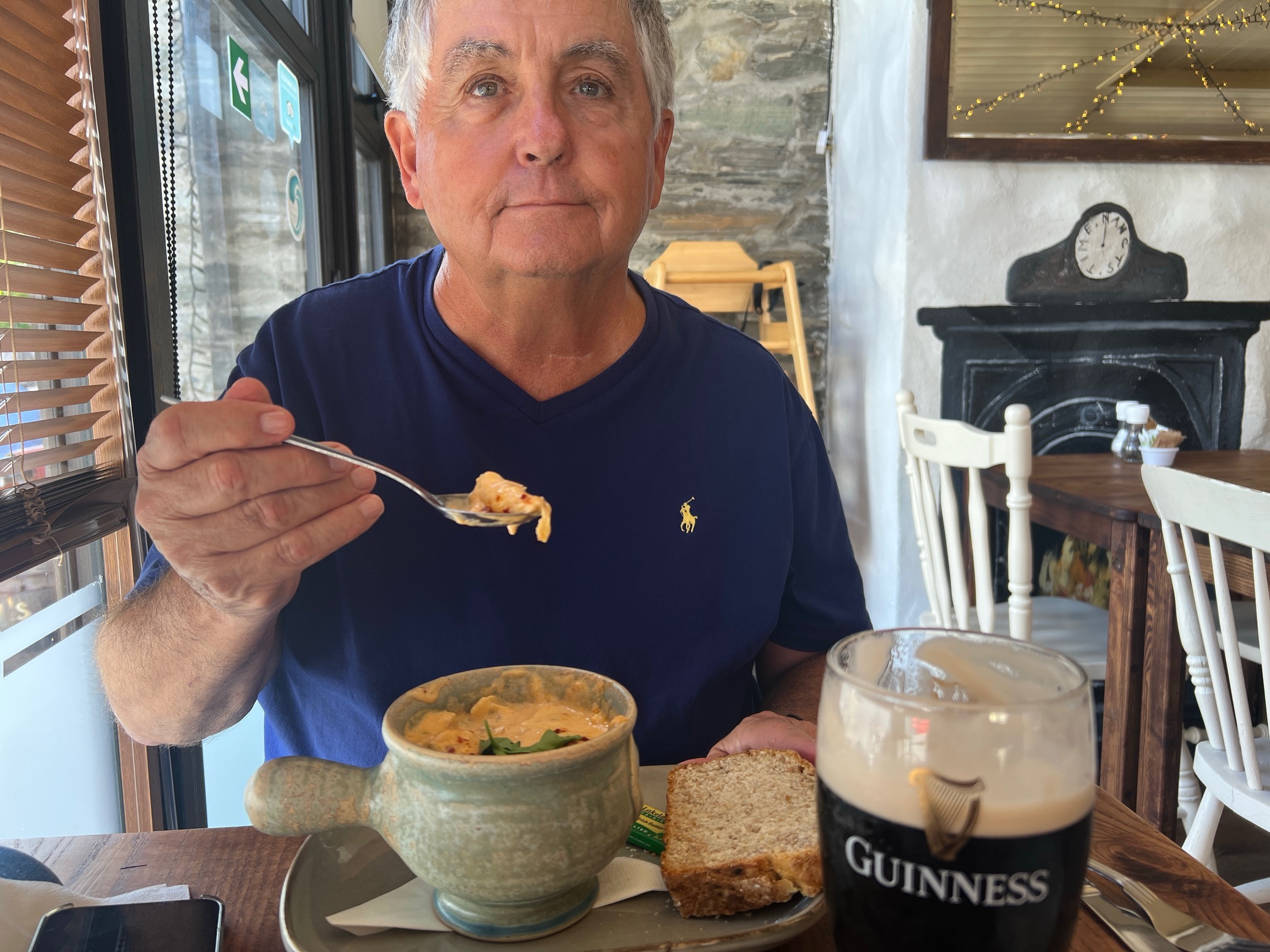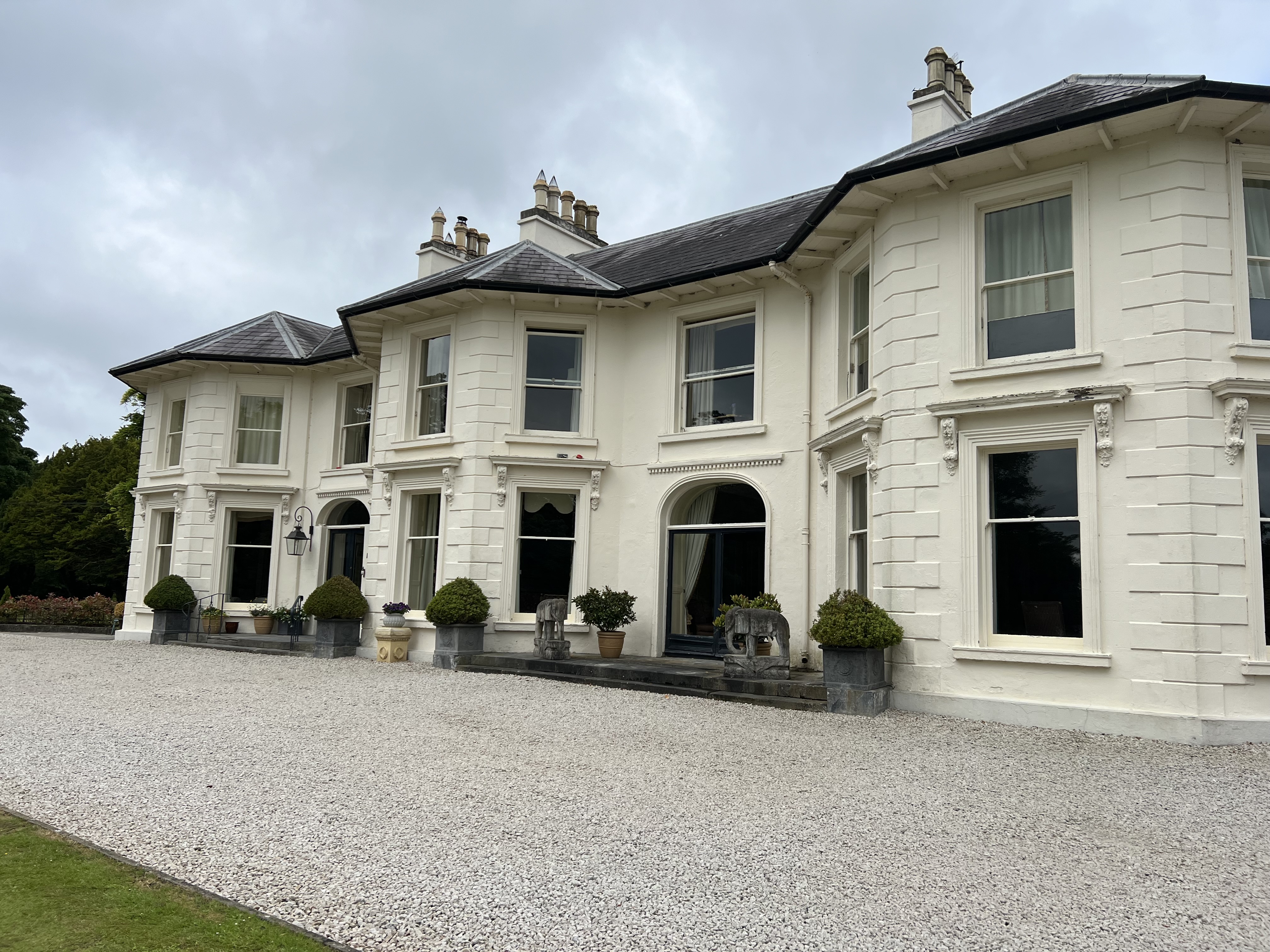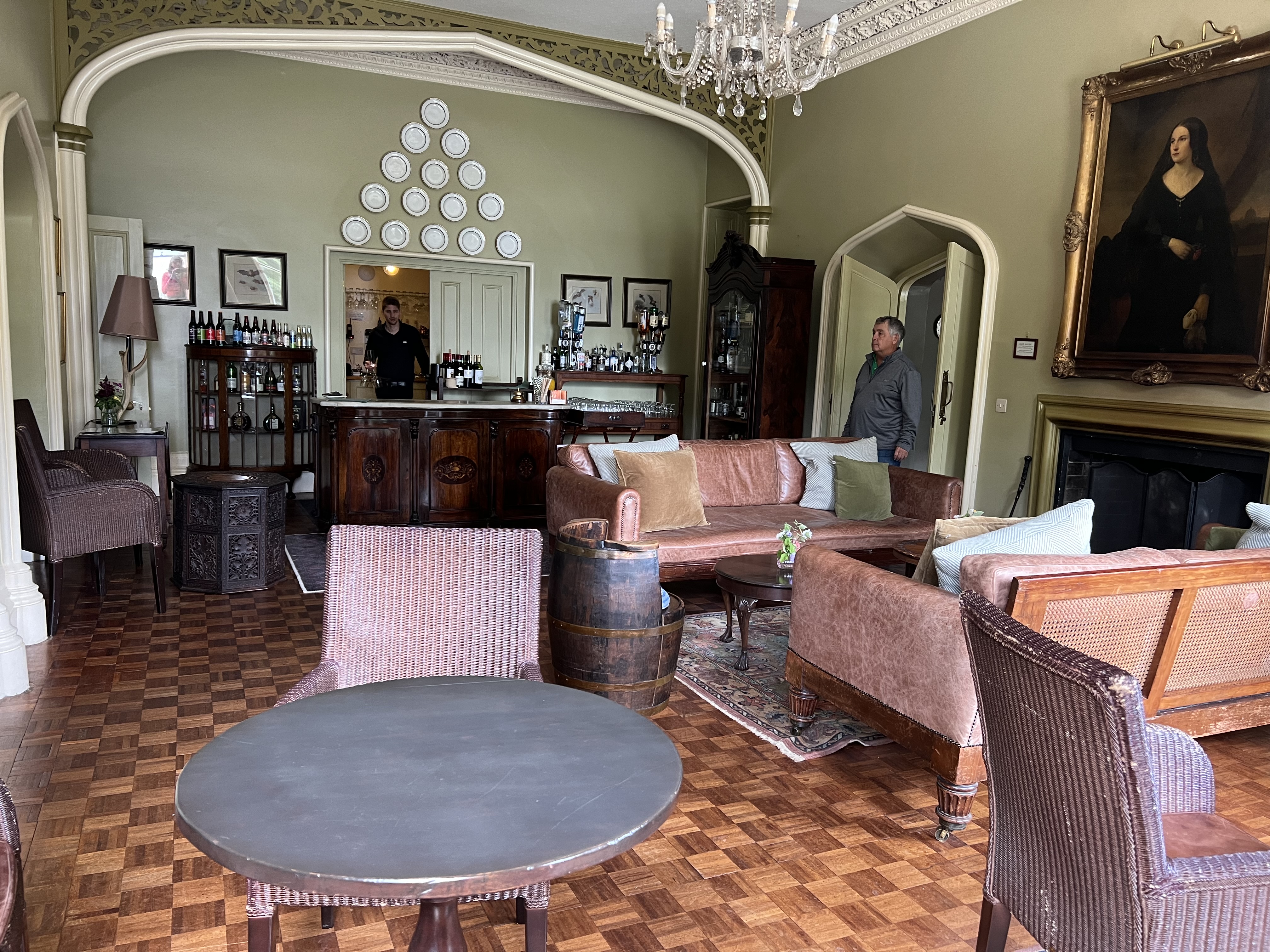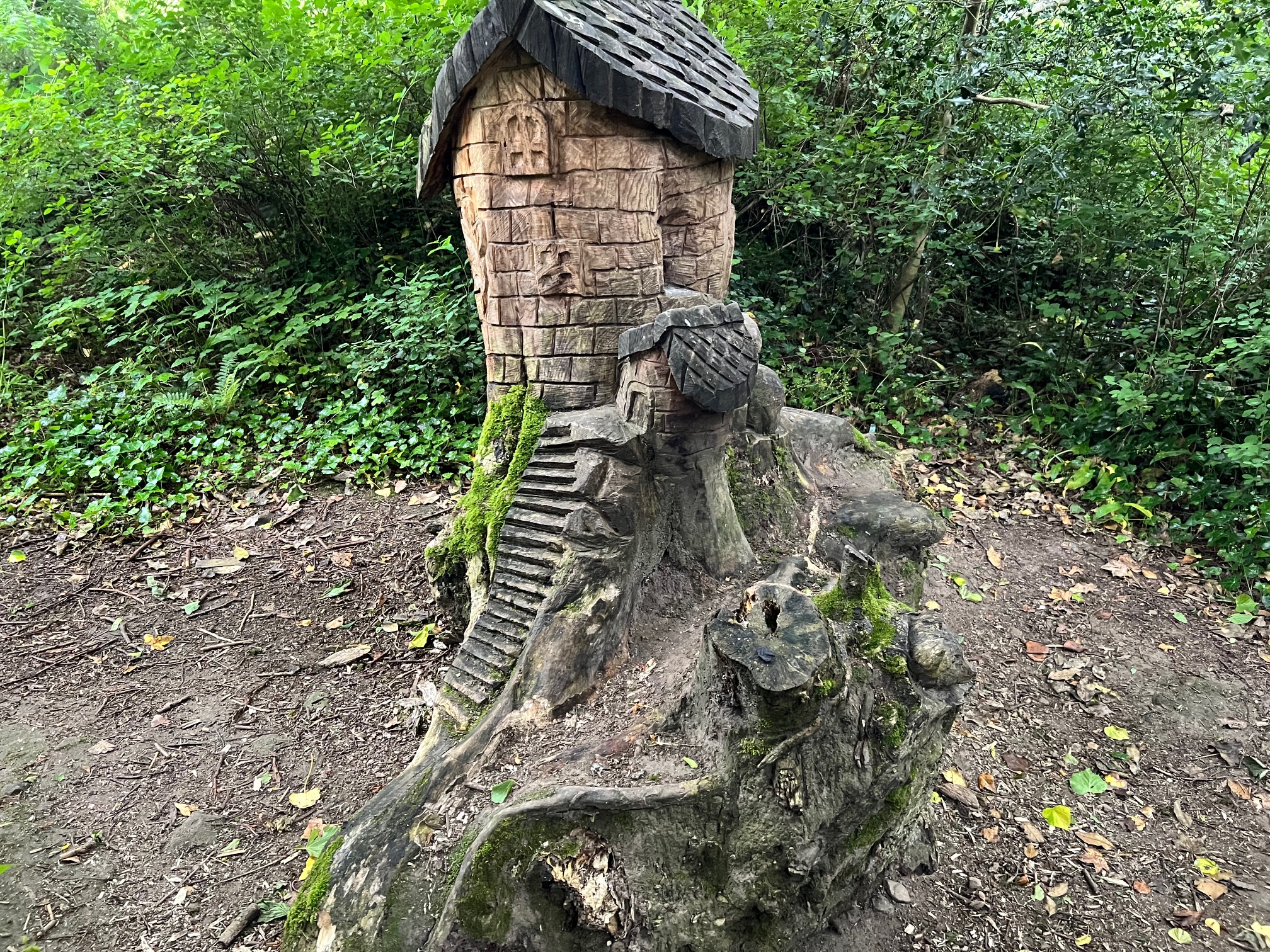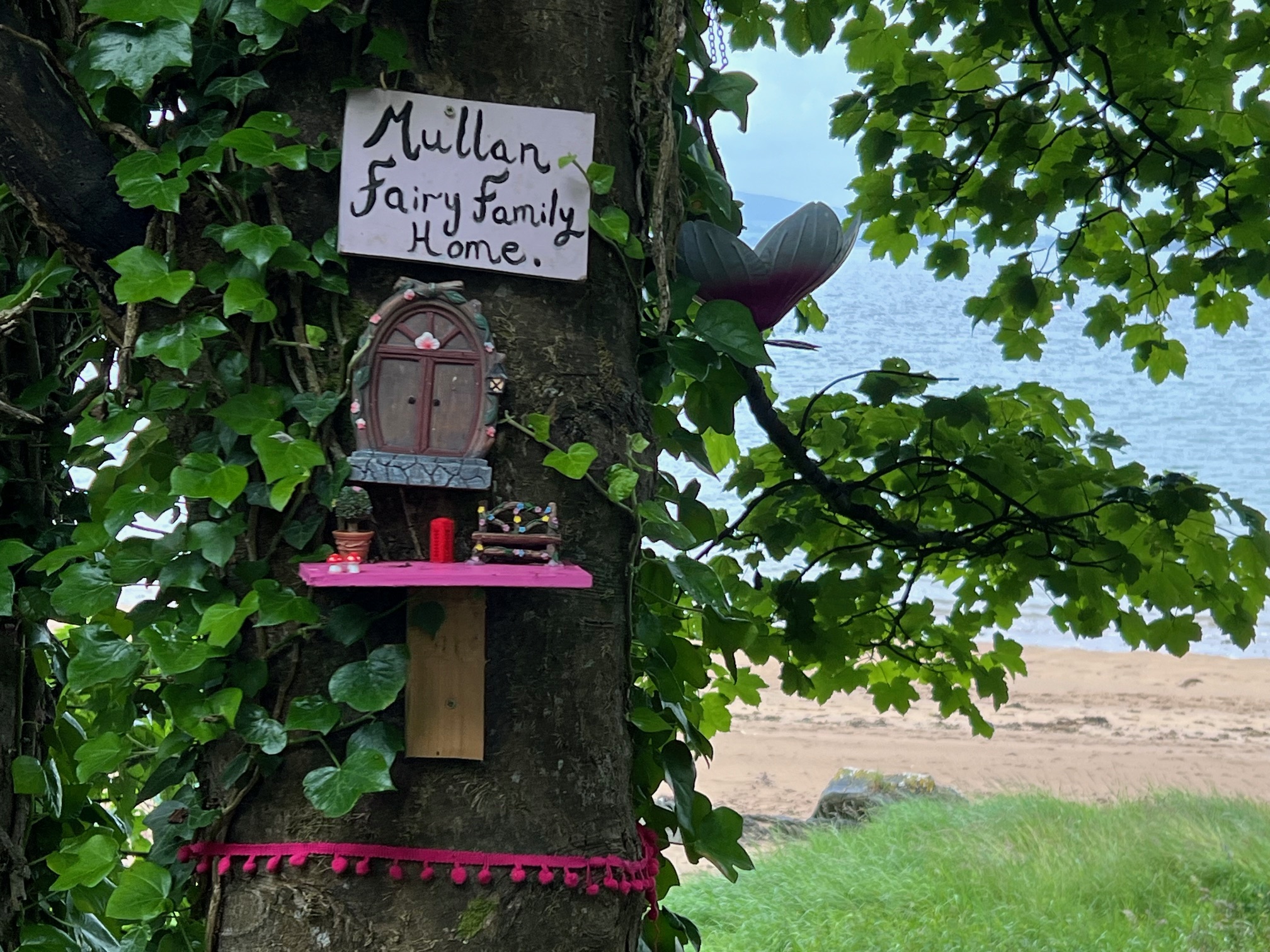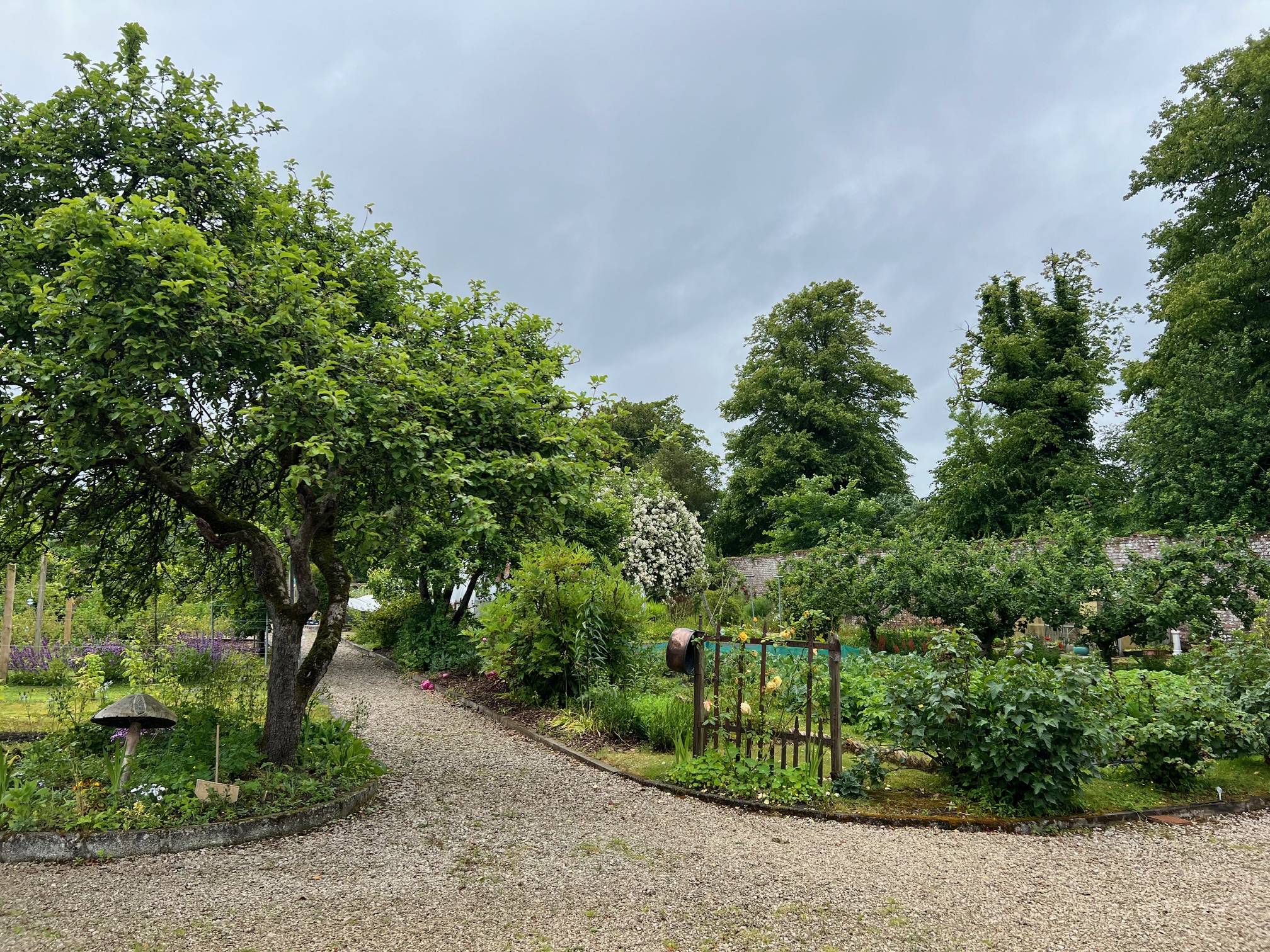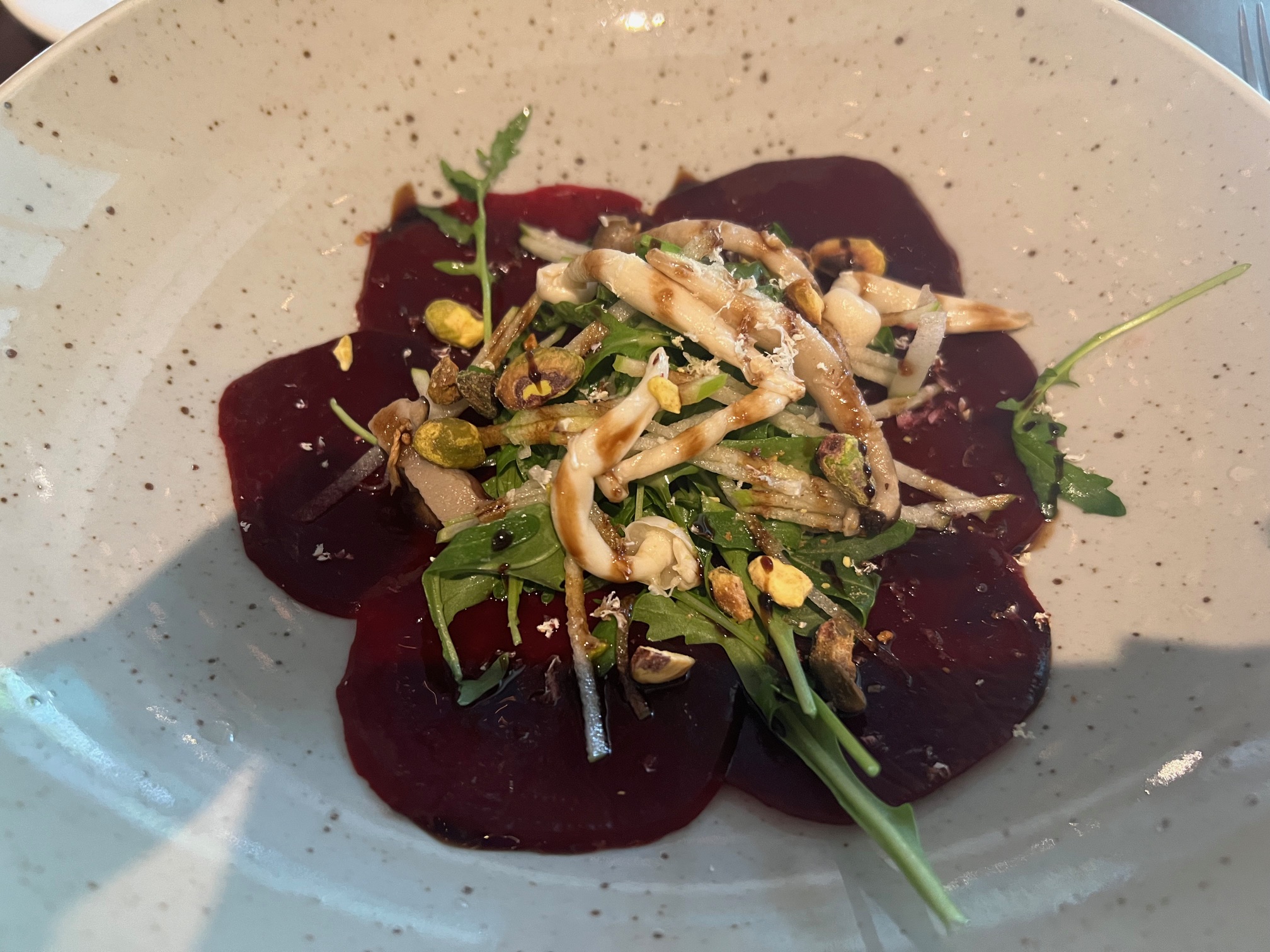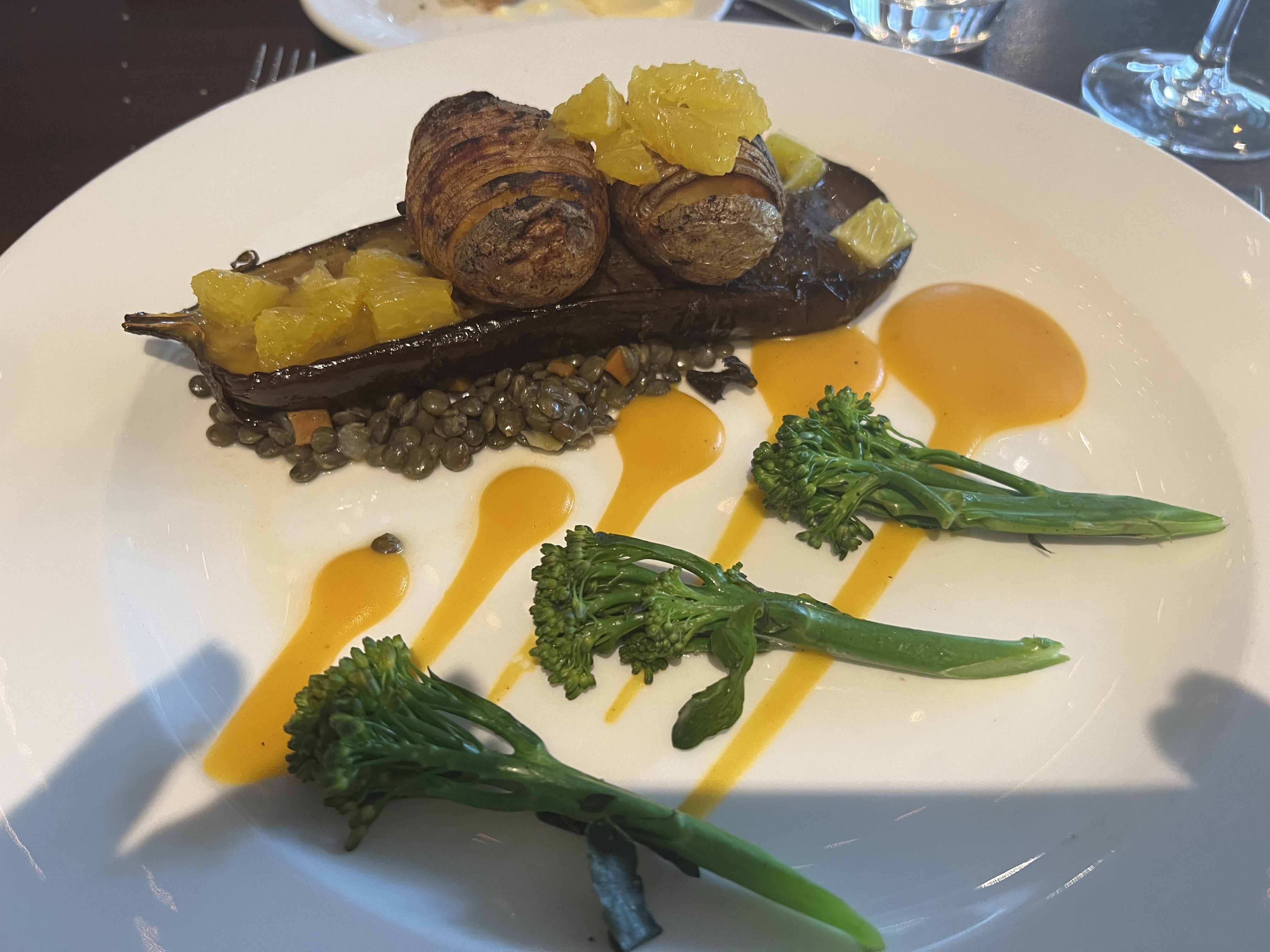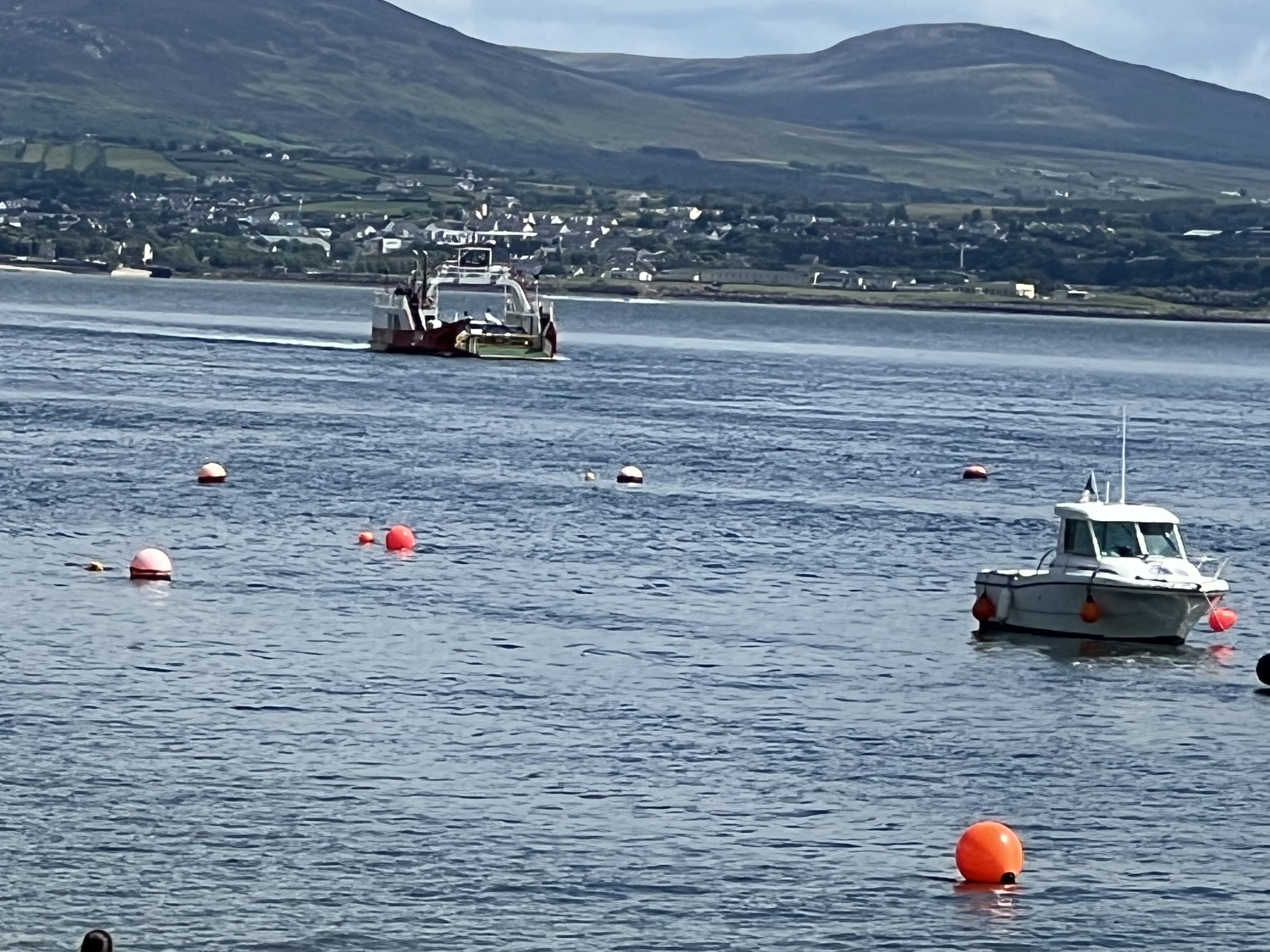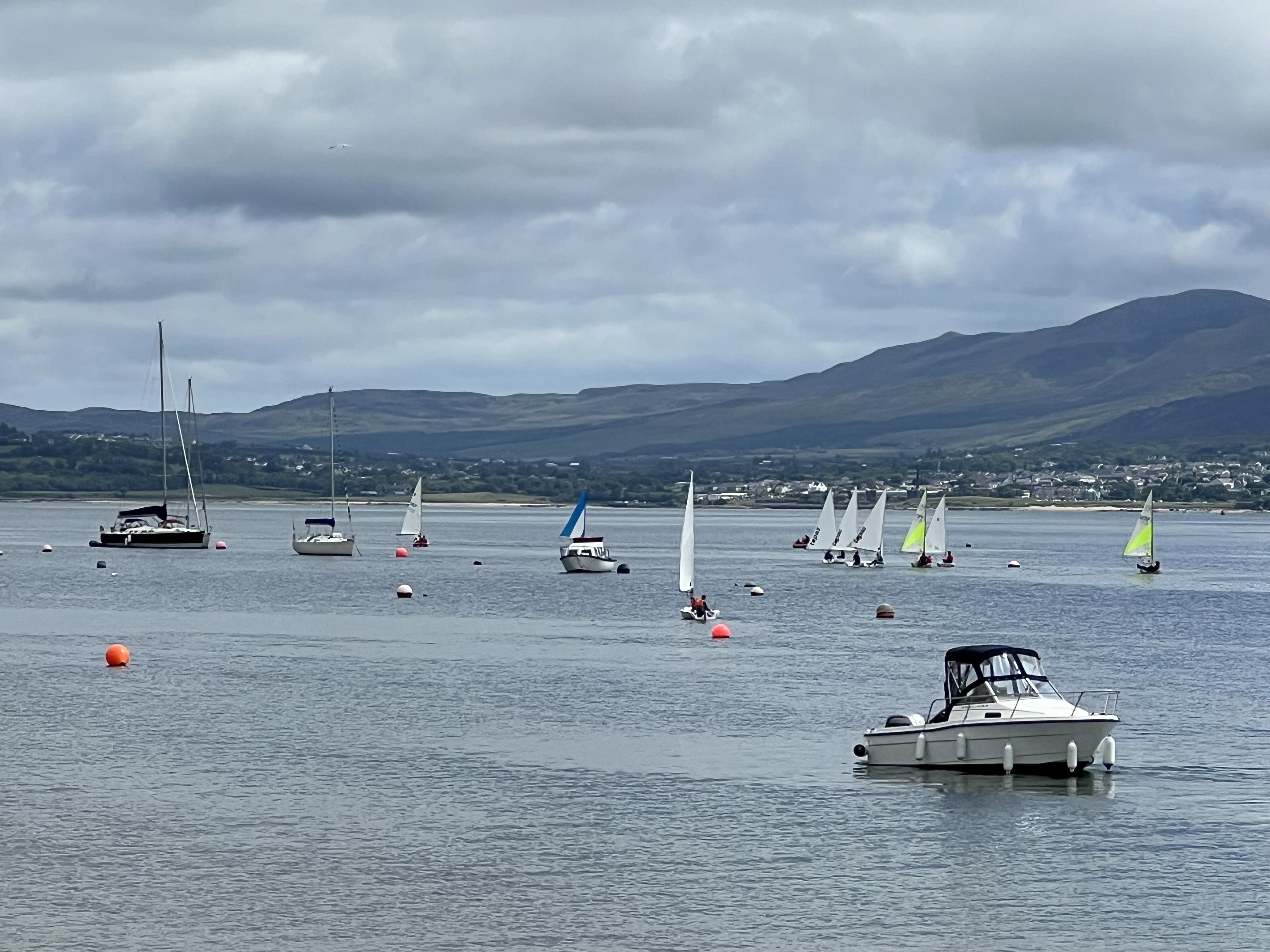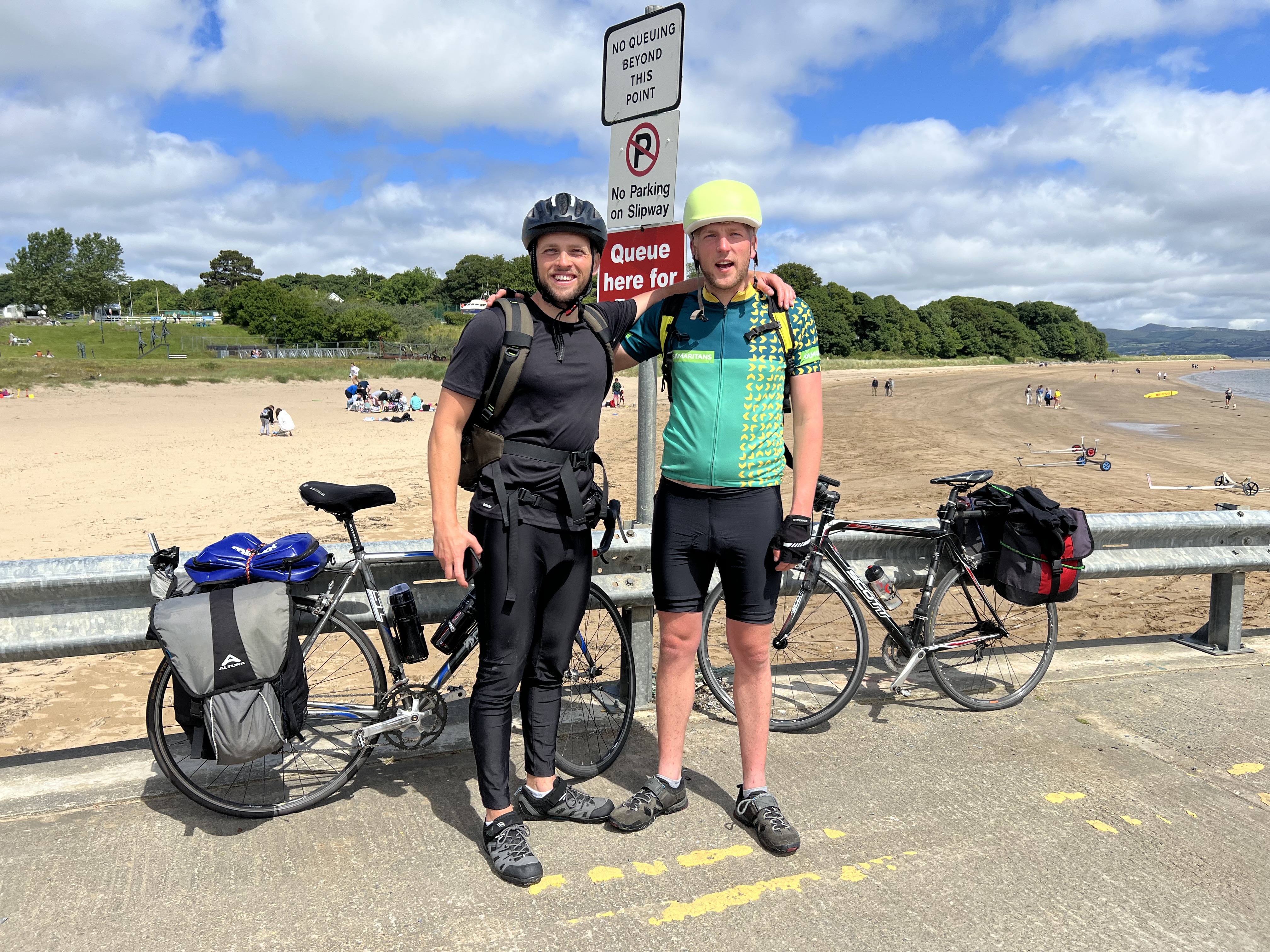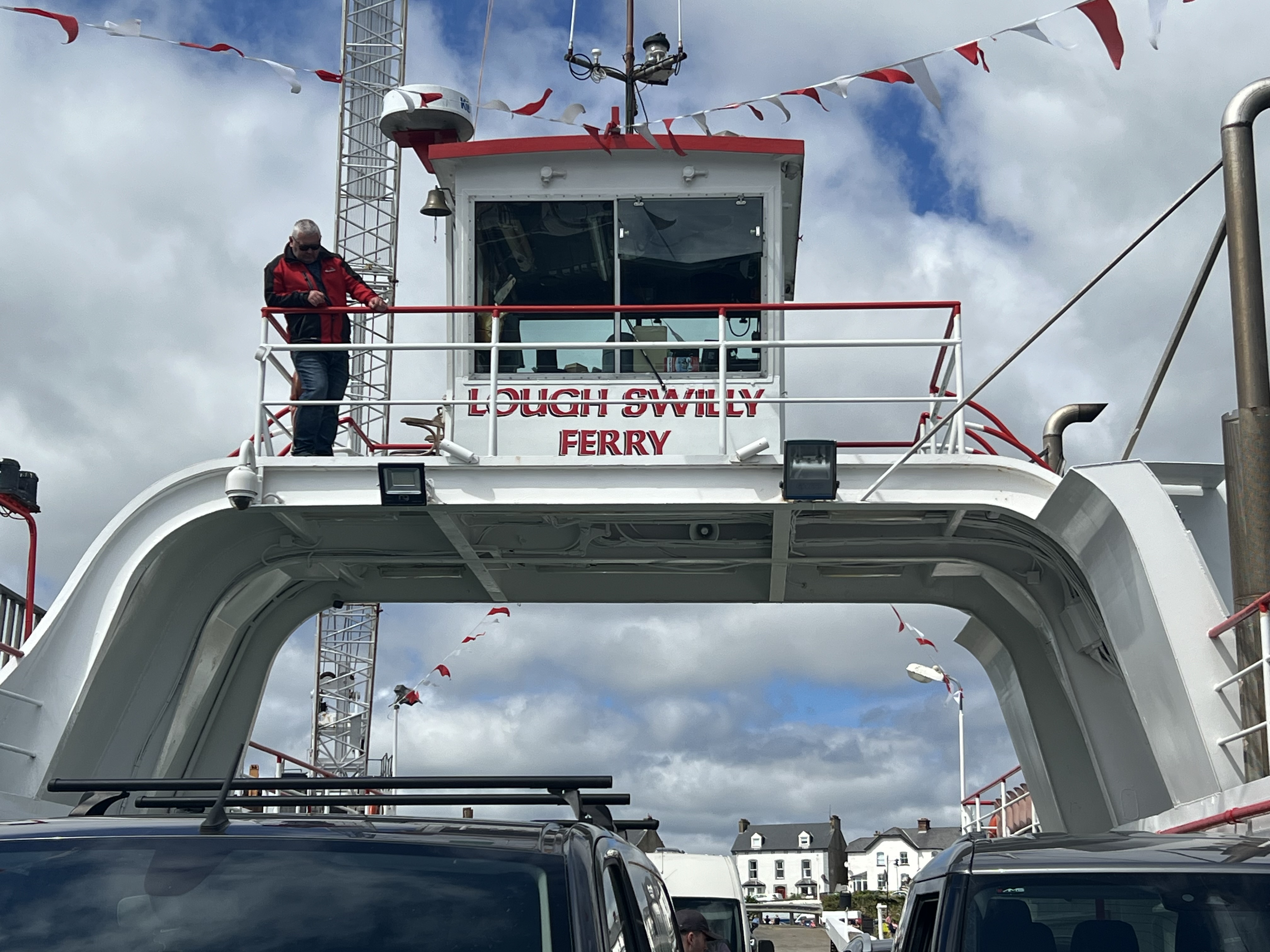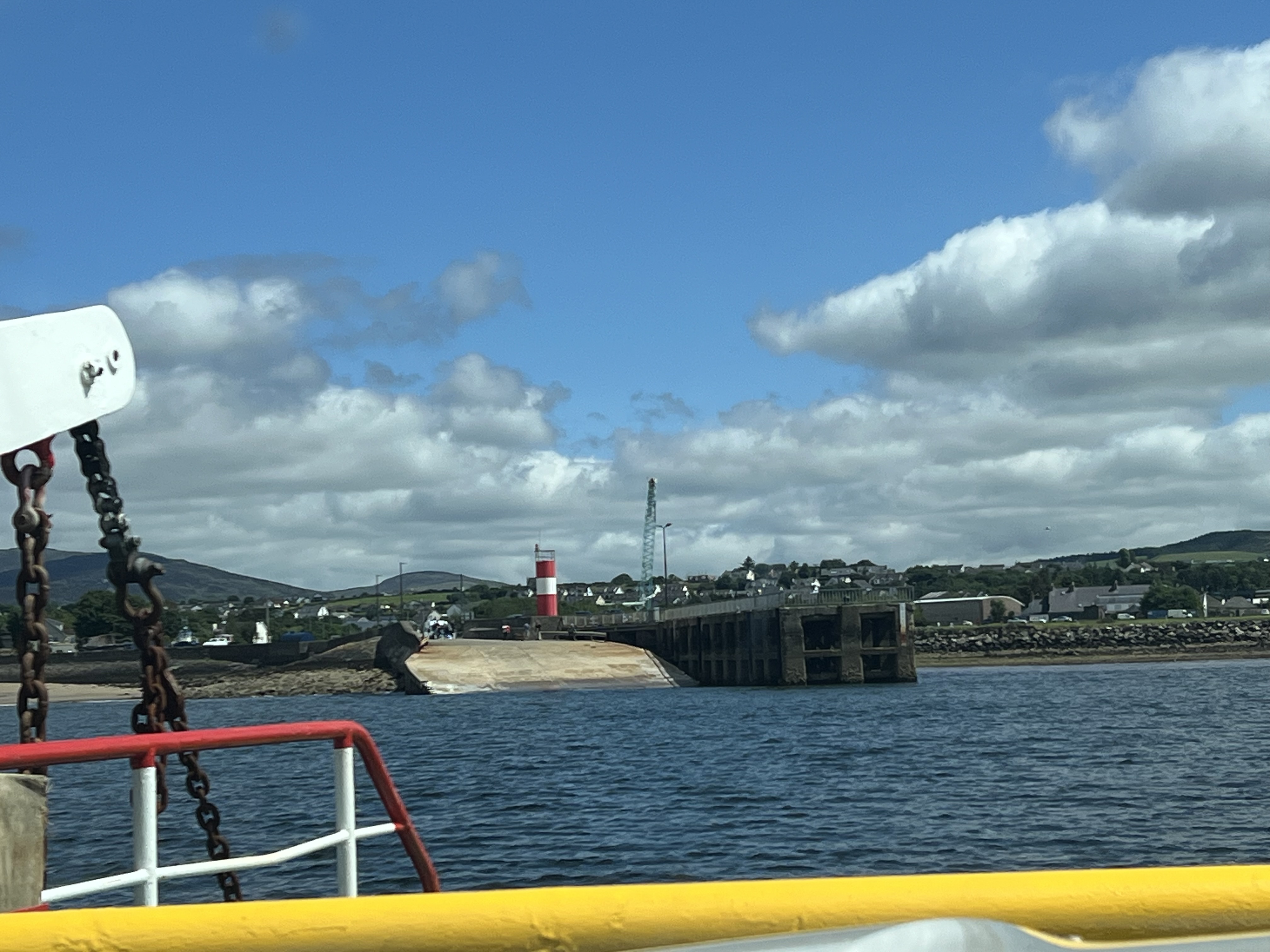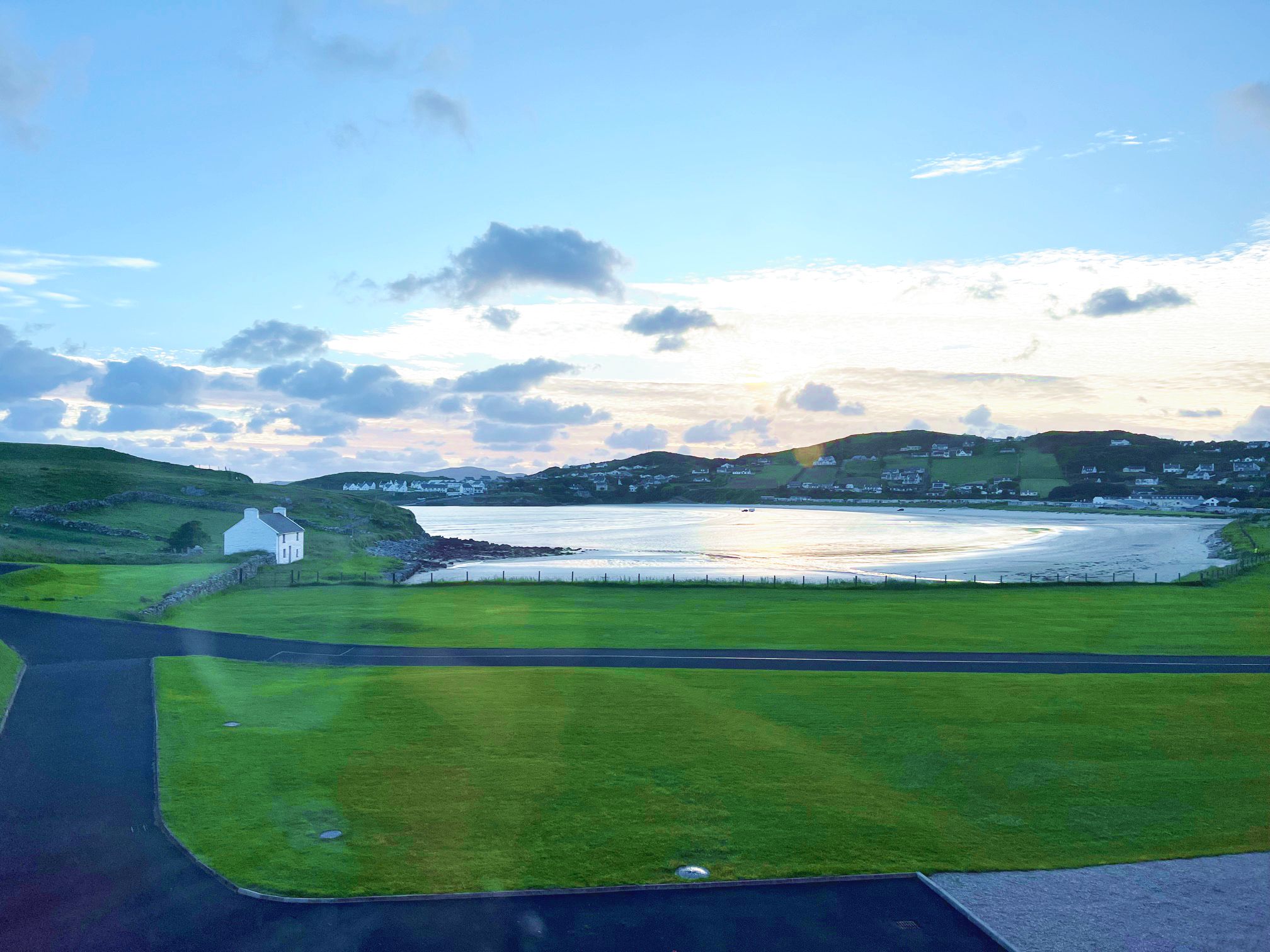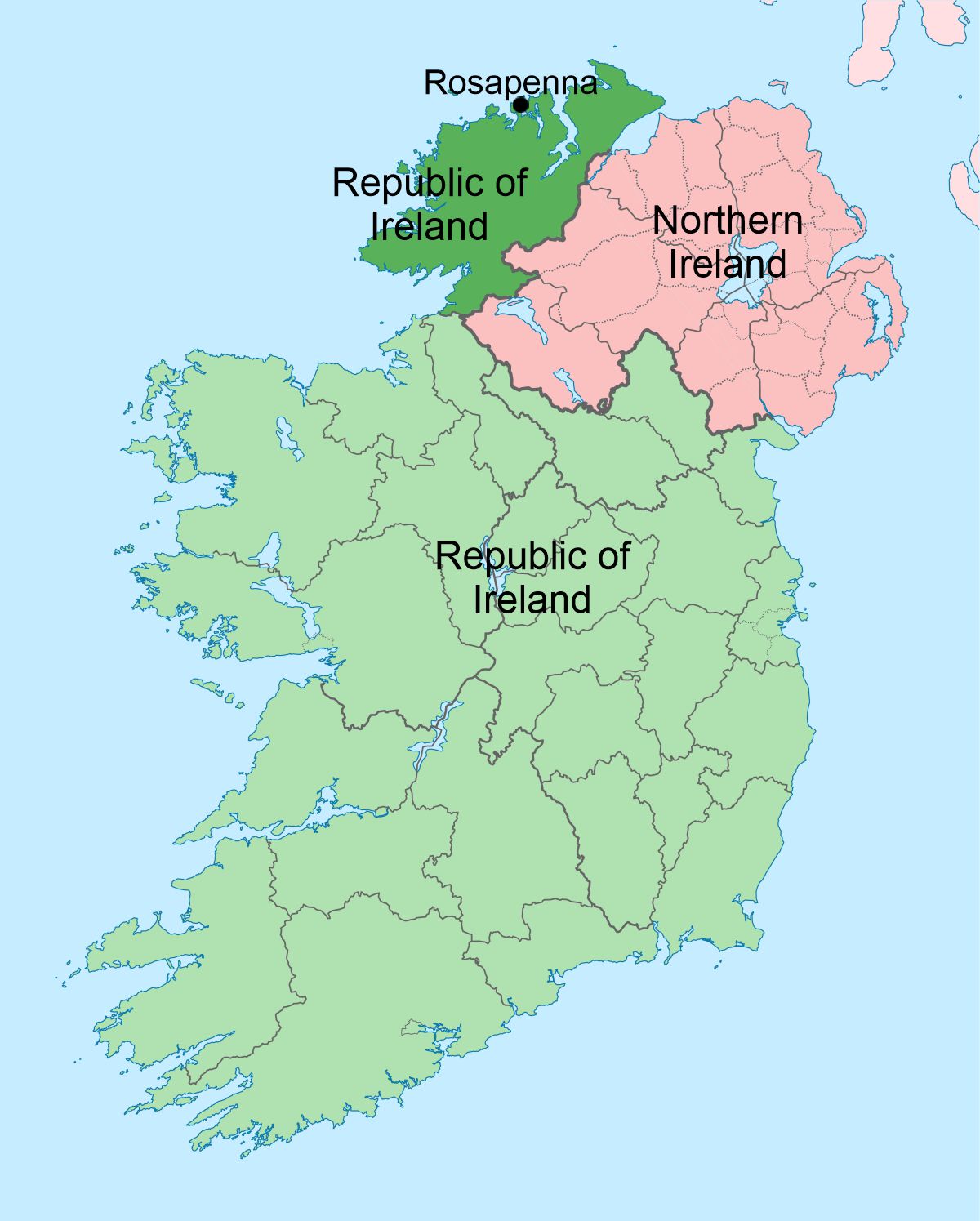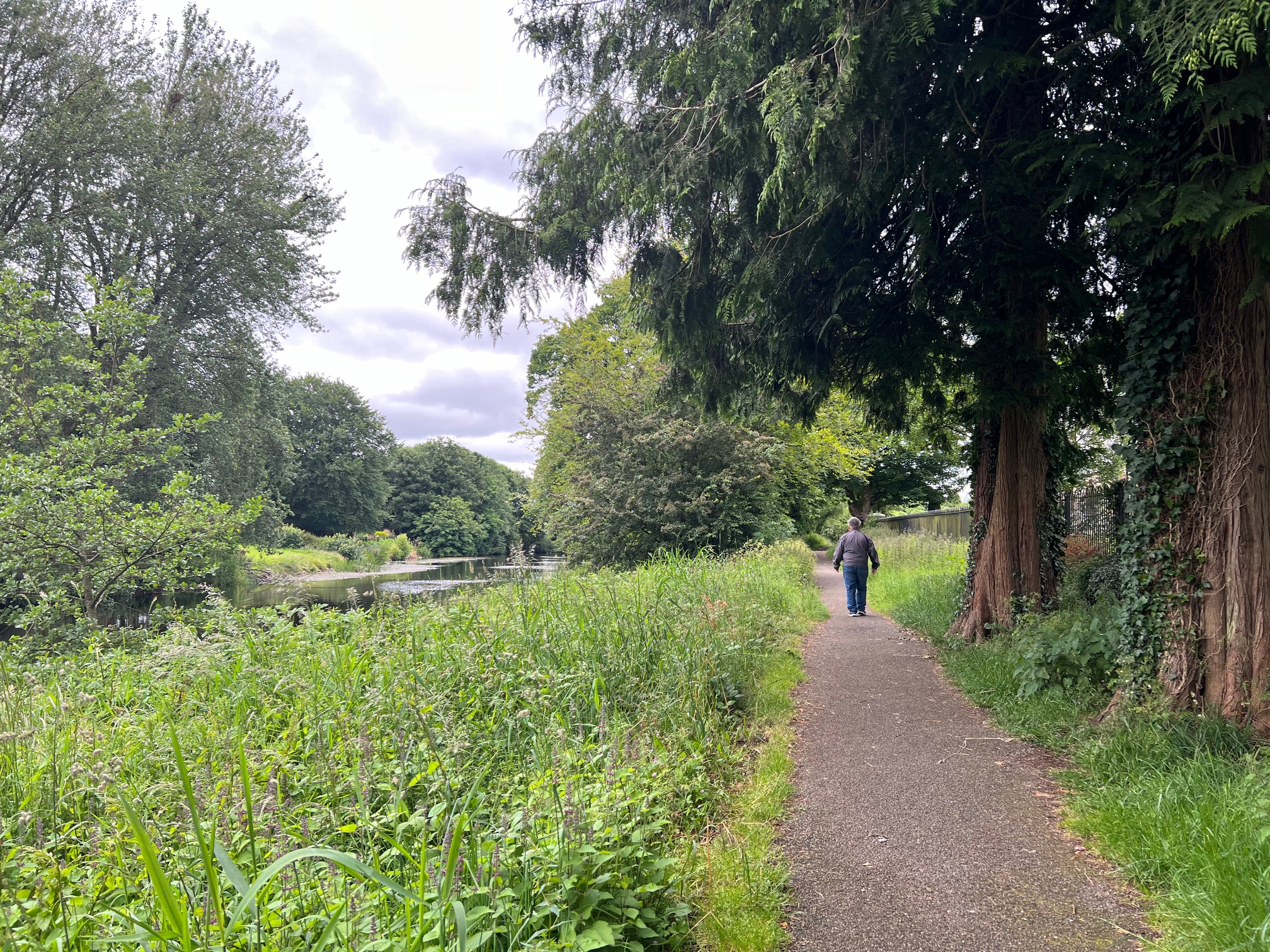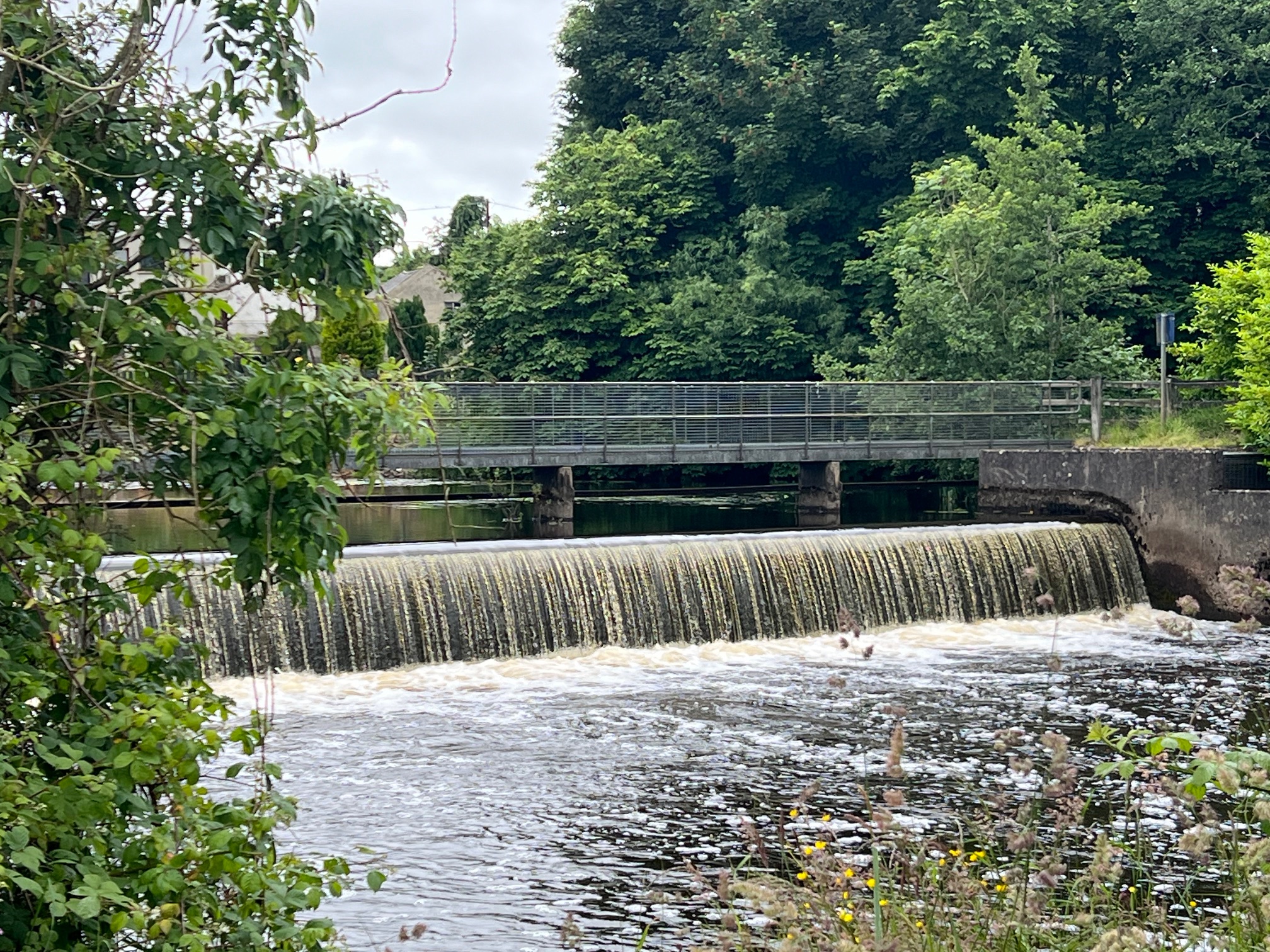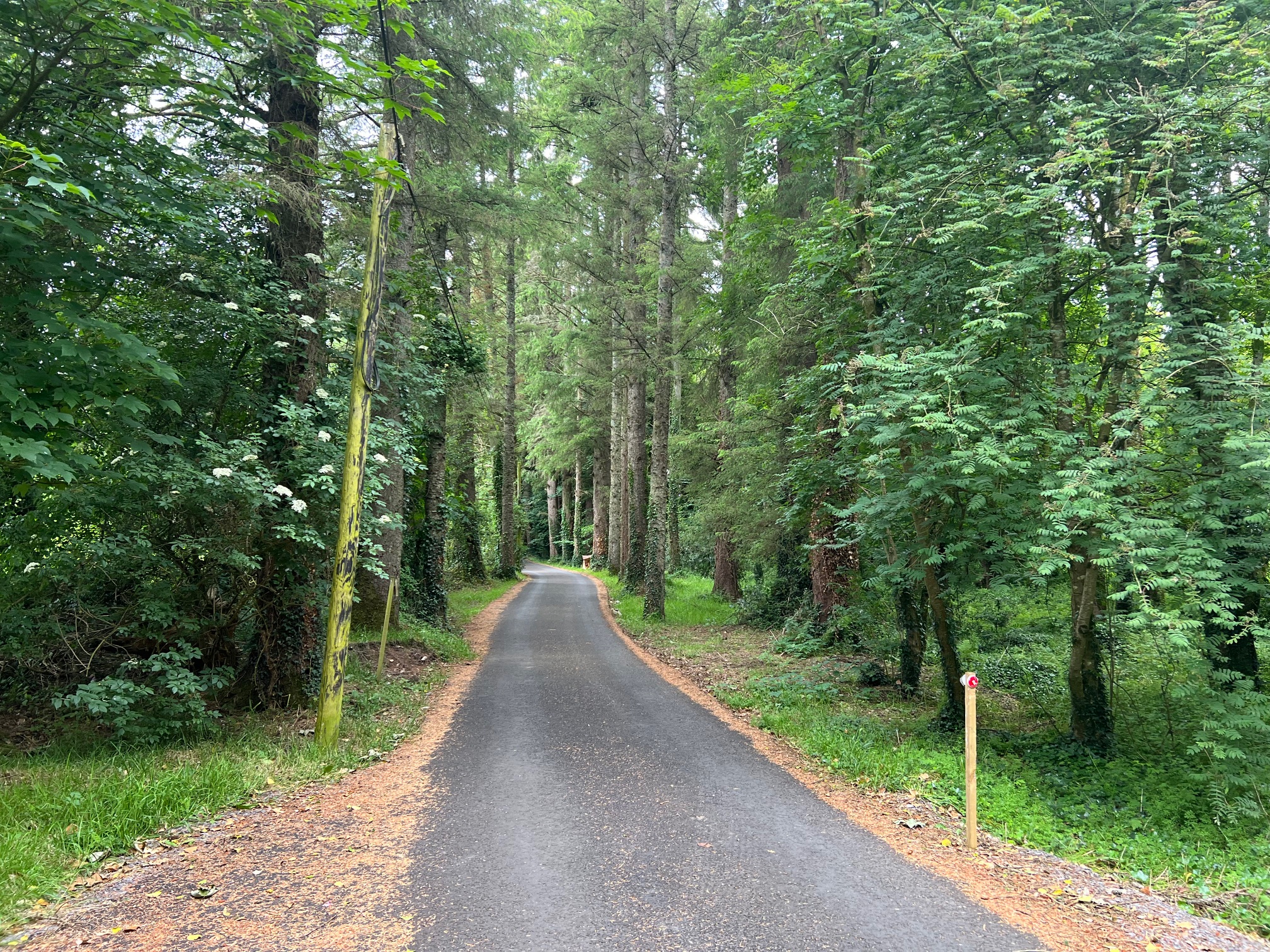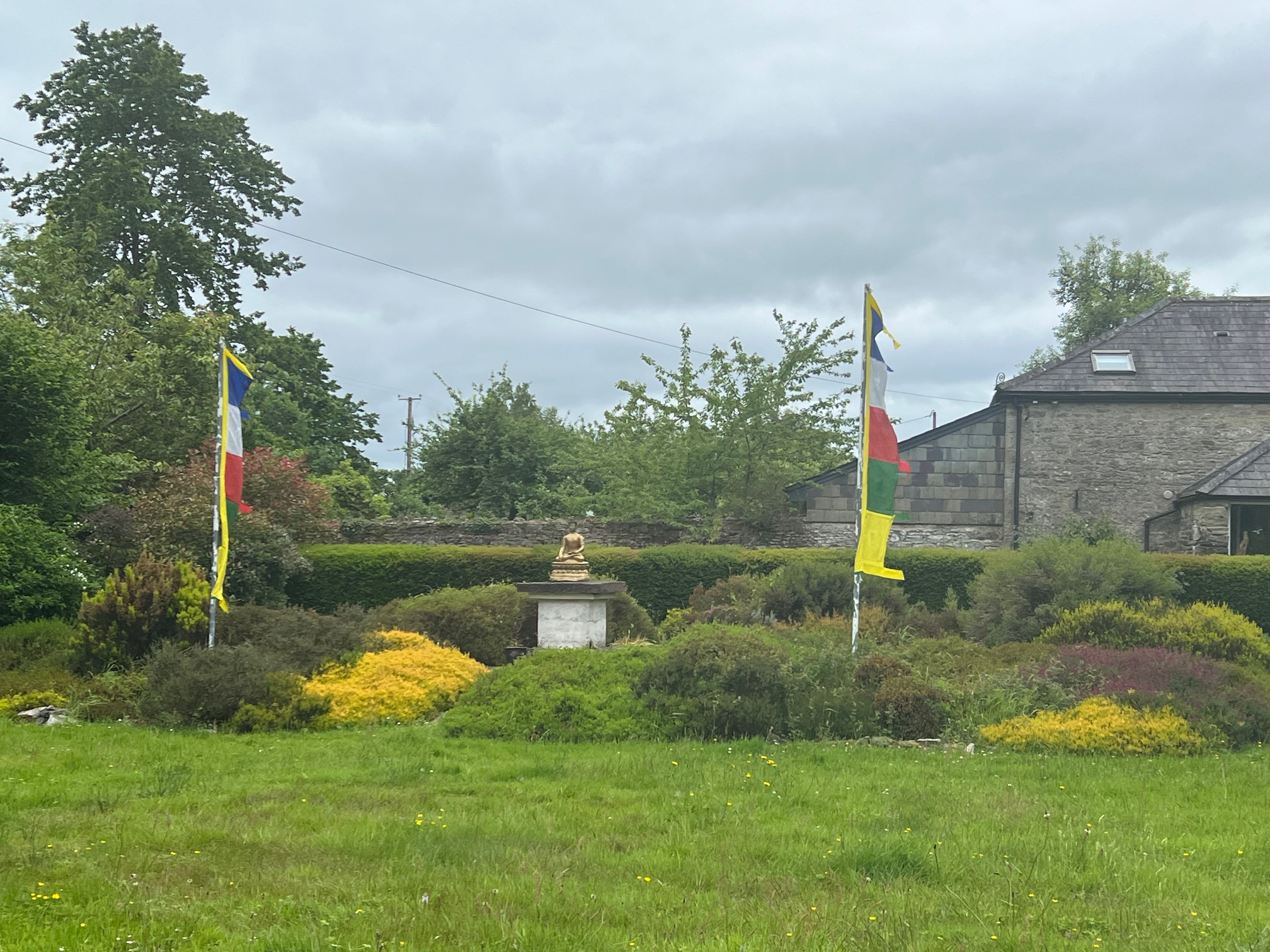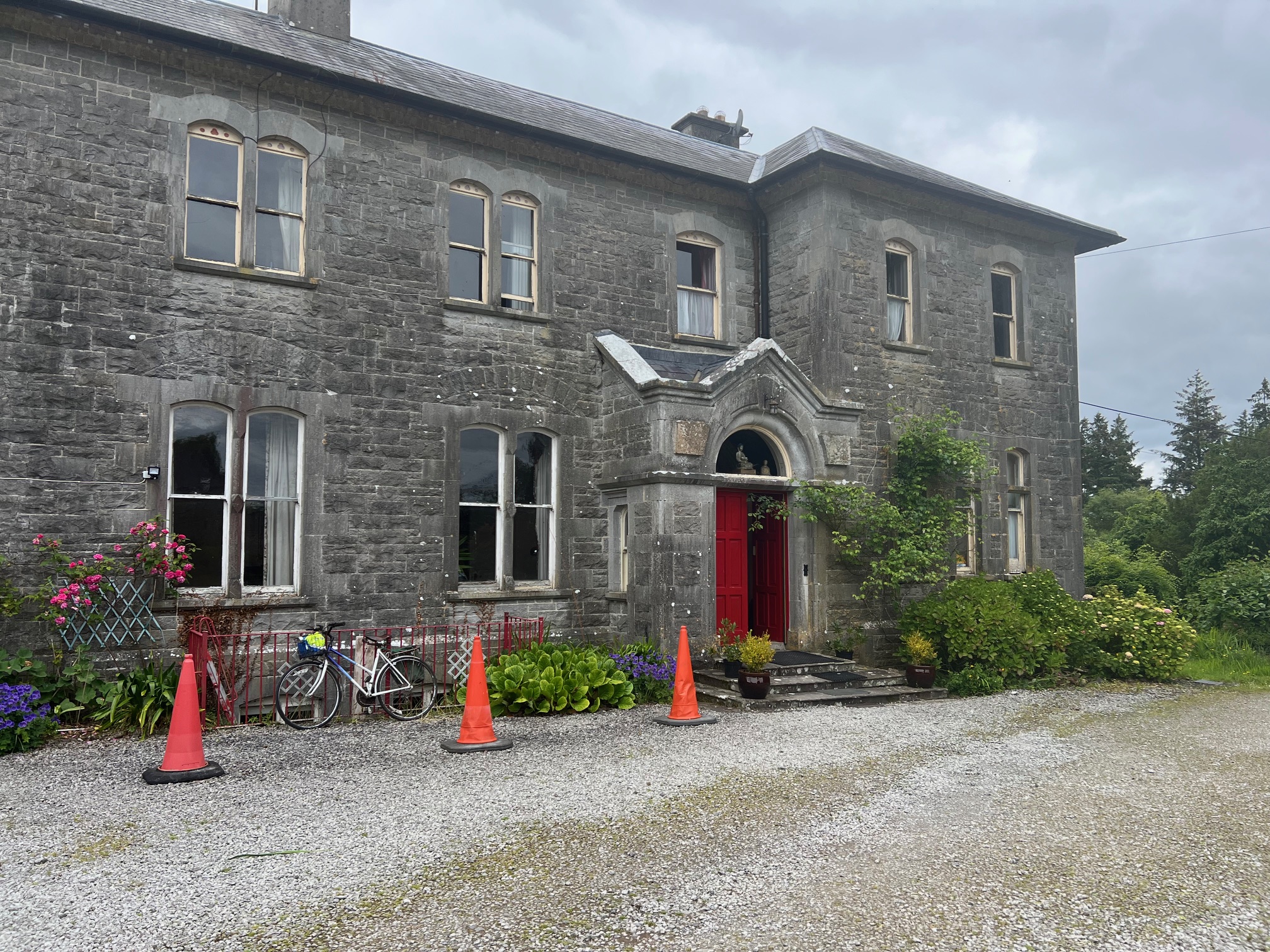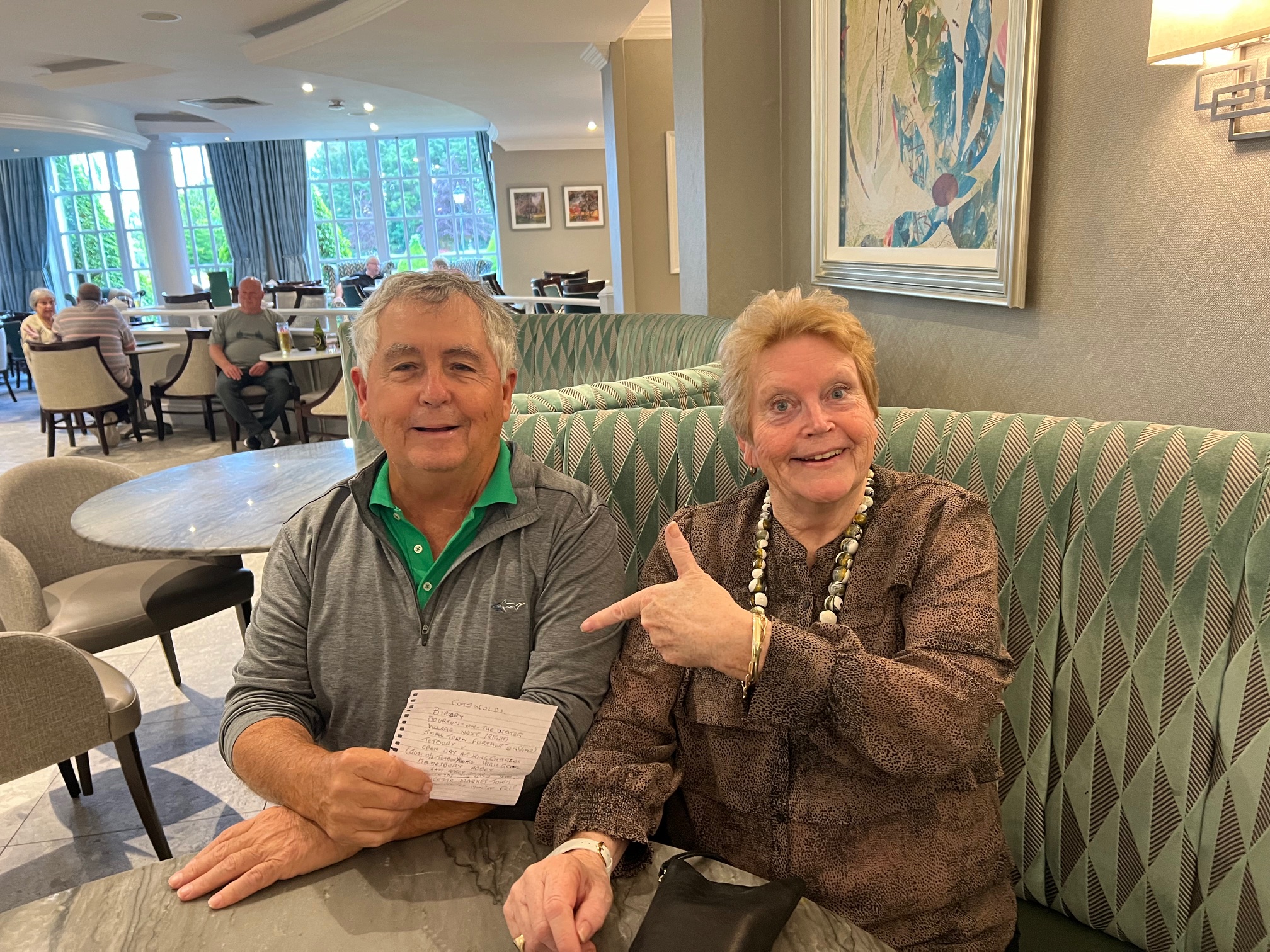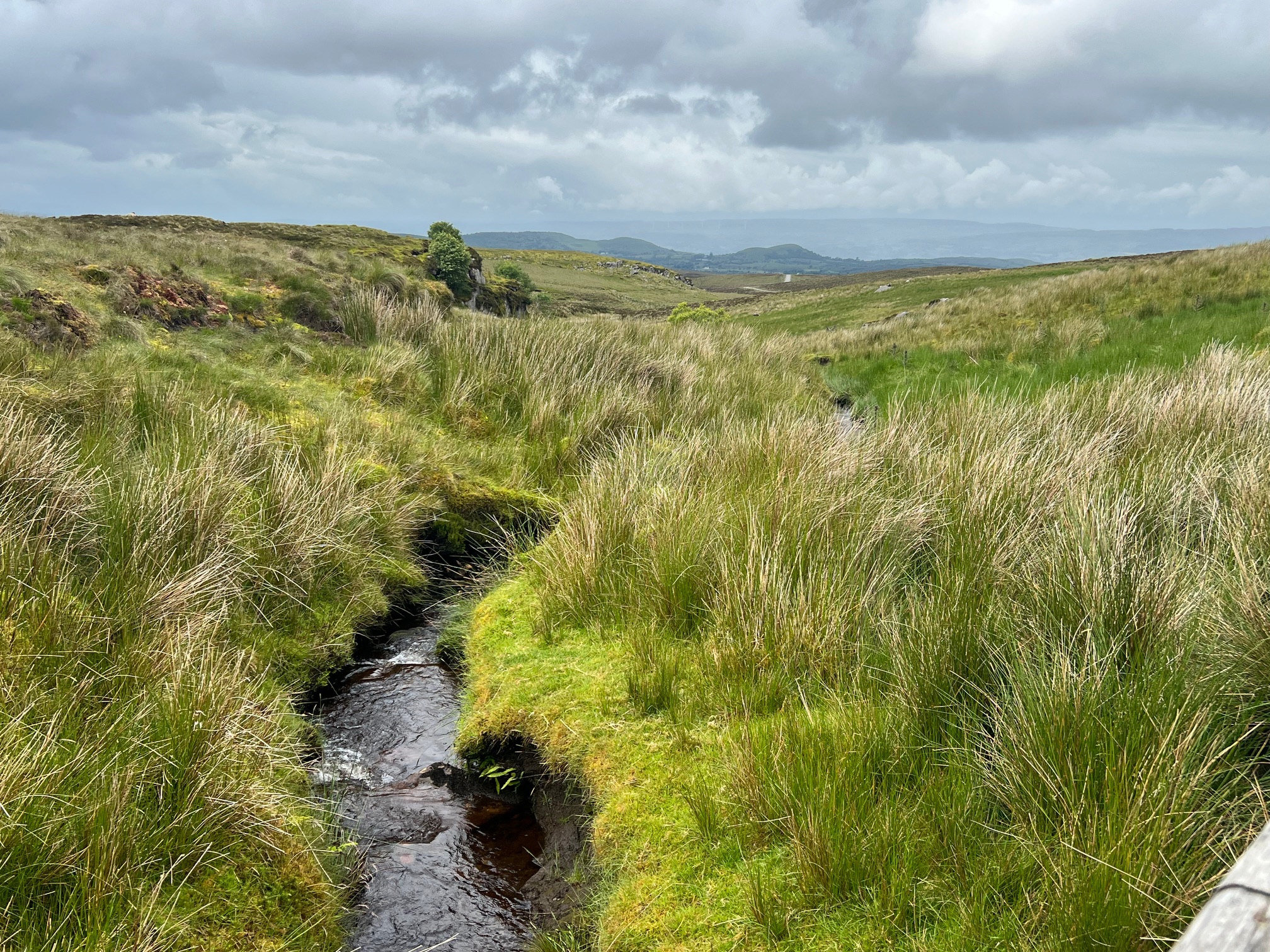Two years ago we discovered Portstewart, a charming resort town on the North Atlantic coast, and knew we wanted to return. Being able to rent the same apartment we had before sealed the deal. Sue, our Portstewart host, called our time here the “jewel in the crown” of our trip. And we totally agree.
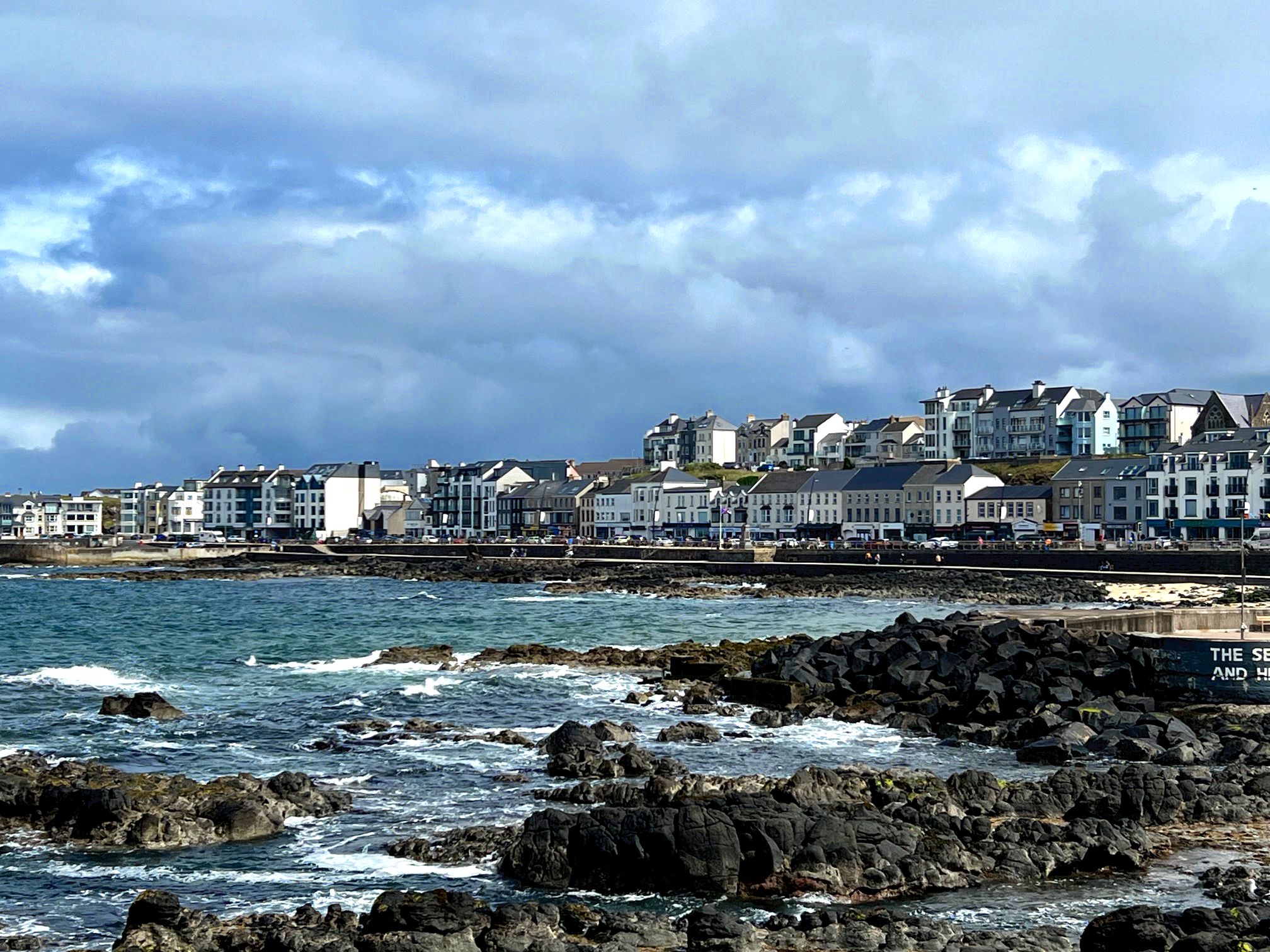
We spent most of our week in Portstewart golfing, hiking and returning to favorite restaurants. As sometimes happens, reality didn’t always measure up to our memories, and we had a couple of disappointments. But some of our favorite restaurants were as wonderful as we remembered.
The Bushmills Inn, located just a couple of miles from the Bushmills Distillery, surpassed our memories. I don’t know if they serve whiskey-marinated salmon because they are close to the famous distillery, but it was a new preparation for me and it was fabulous.
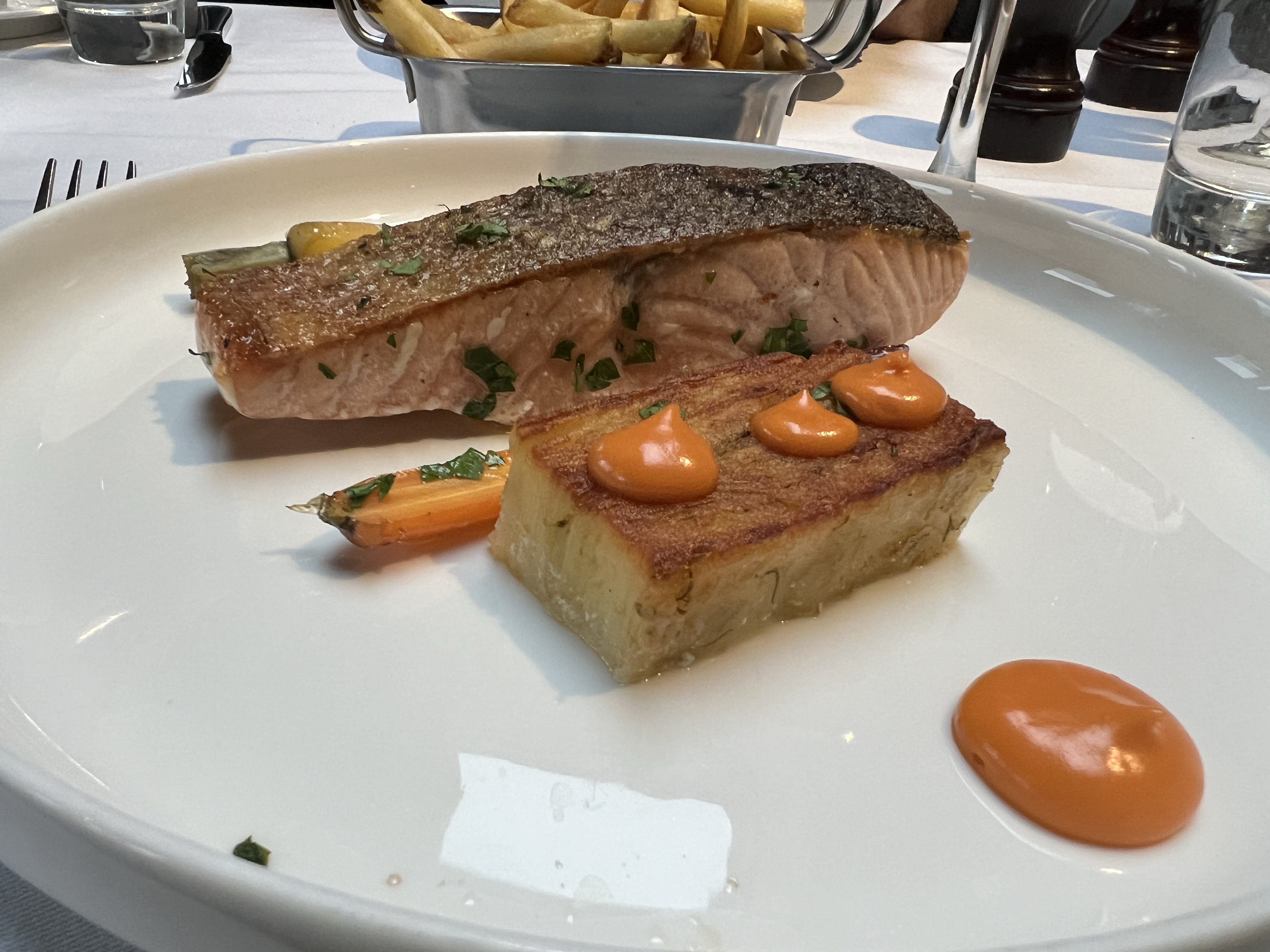
The Dark Hedges
The last time we were here, friends recommended visiting The Dark Hedges, but we ran out of time. So, it was high on my list for this visit.
The Dark Hedges is an avenue of 225 year-old beech trees along Bregagh Road in County Antrim, Northern Ireland. But it is more than just a row of trees. The old trees are majestic, and the light is magical.

James Stuart created Dark Hedges when he planted 150 trees in 1775 along the entrance to his Gracehill House estate. He wanted to impress visitors as they approached the house.

Today a property developer owns the grounds and has created a golf course, hotel, coffee shop and landscaped entrance to the avenue of trees.

Although I never watched Game of Thrones, it was a very popular show. Fans of the show visit The Dark Hedges because it was the Kingsroad in the first episode of the second season.
Dunluce Castle is another stunning spot in the area that was used in Game of Thrones. It was used as the Seat of House Greyjoy, the great castle of Pyke.
Because we arrived after it closed, we could only see it from the outside. Built in the 1500s, the remains perch dramatically on the edge of a cliff. It was the seat of Clan McDonnell and is still owned by the family.
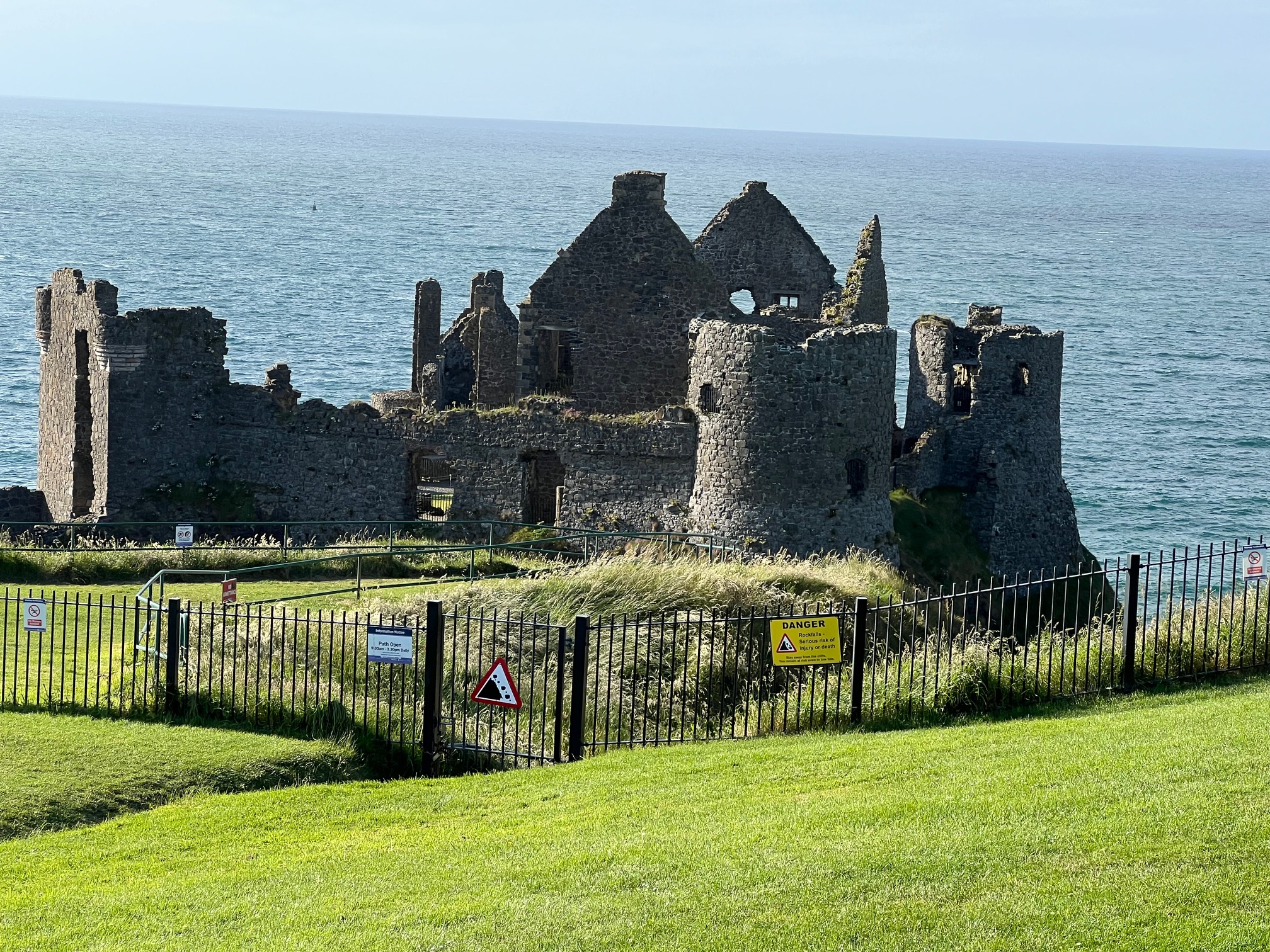
Hiking
We love hiking in this beautiful area. Beauty and history are everywhere.


On one walk, we passed a 17th century stone building that was used for commercial salmon fishing .

I am inspired by the saying, “There is no such thing as bad weather, only bad clothing.” Since most of the week was windy and rainy, we had many chances to put this saying into practice.

As much as I try to be hearty, the Irish put my efforts to shame. They are masters of not letting the weather keep them inside. We walked the beach one day when it was 56 degrees and windy. Although I needed a neck scarf and puffy jacket to stay warm, people were swimming in the ocean. Our server at dinner one night told us when some of the staff get off work at 11PM, they often don wet suits and swim in the ocean-in the winter!
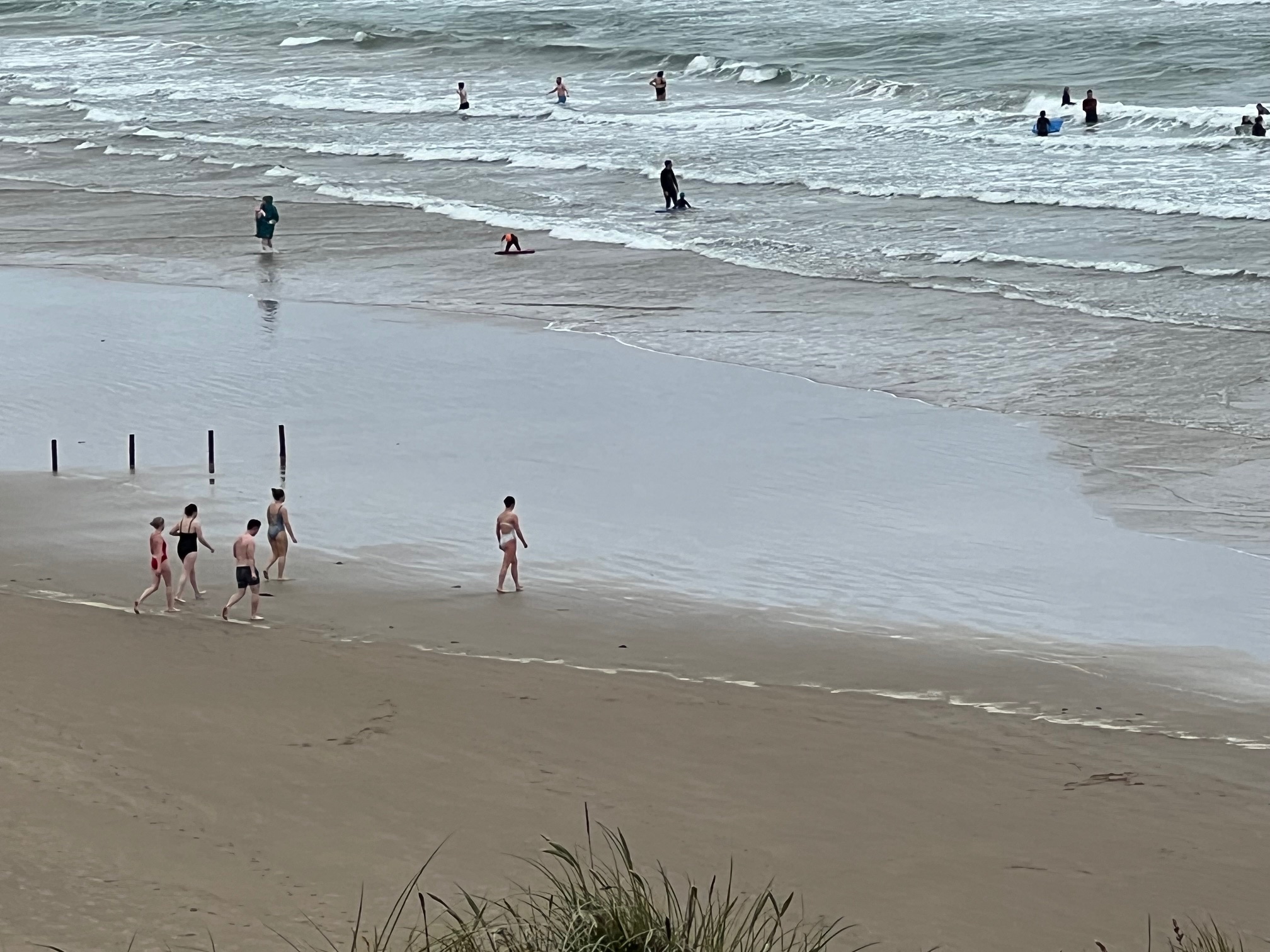
Golf
Golf is high on our list of what we love about this area. There are grand and famous courses and small unknown courses. During our week in Portstewart, we got to play both.
Thanks to a recommendation from a friend of a friend, we discovered the Bushfoot Golf Club, a small nine-hole course. As soon as we arrived, we noticed the informal, friendly atmosphere of the club.

Because it doesn’t get dark here until about 10PM, we booked a 6:40 tee time. When we got there, the pro shop was closed, and we weren’t sure what to do. A friendly man, who may or may not have worked there, got us score cards and push carts (called trolleys here) and directed us to the first tee.

We enjoyed golfing at Bushfoot so much that we decided to go back. This time the closed pro shop left a note on the door for us about how to get our trolleys.

Paul’s Best Golf Day
We hit the jackpot with Sue and her husband Dave, our delightful Portstewart hosts. Before meeting us, they invited us to spend two days golfing with them.
Sue is a member at Royal Portrush Golf Club and invited us to join her and Dave for a round of golf. Royal Portrush Golf Club has hosted The Open, the oldest of four major championships in professional golf twice and will host it again in 2025. It is the only course outside Great Britain to host The Open, sometimes referred to as The British Open in the US.

Golfing Royal Portrush was the highlight of the trip for Paul and a wonderful golf challenge for me. In spite of the wet and windy day, we had a fabulous time on the beautiful course. Paul’s birdies on #3 and #4 made it even better.

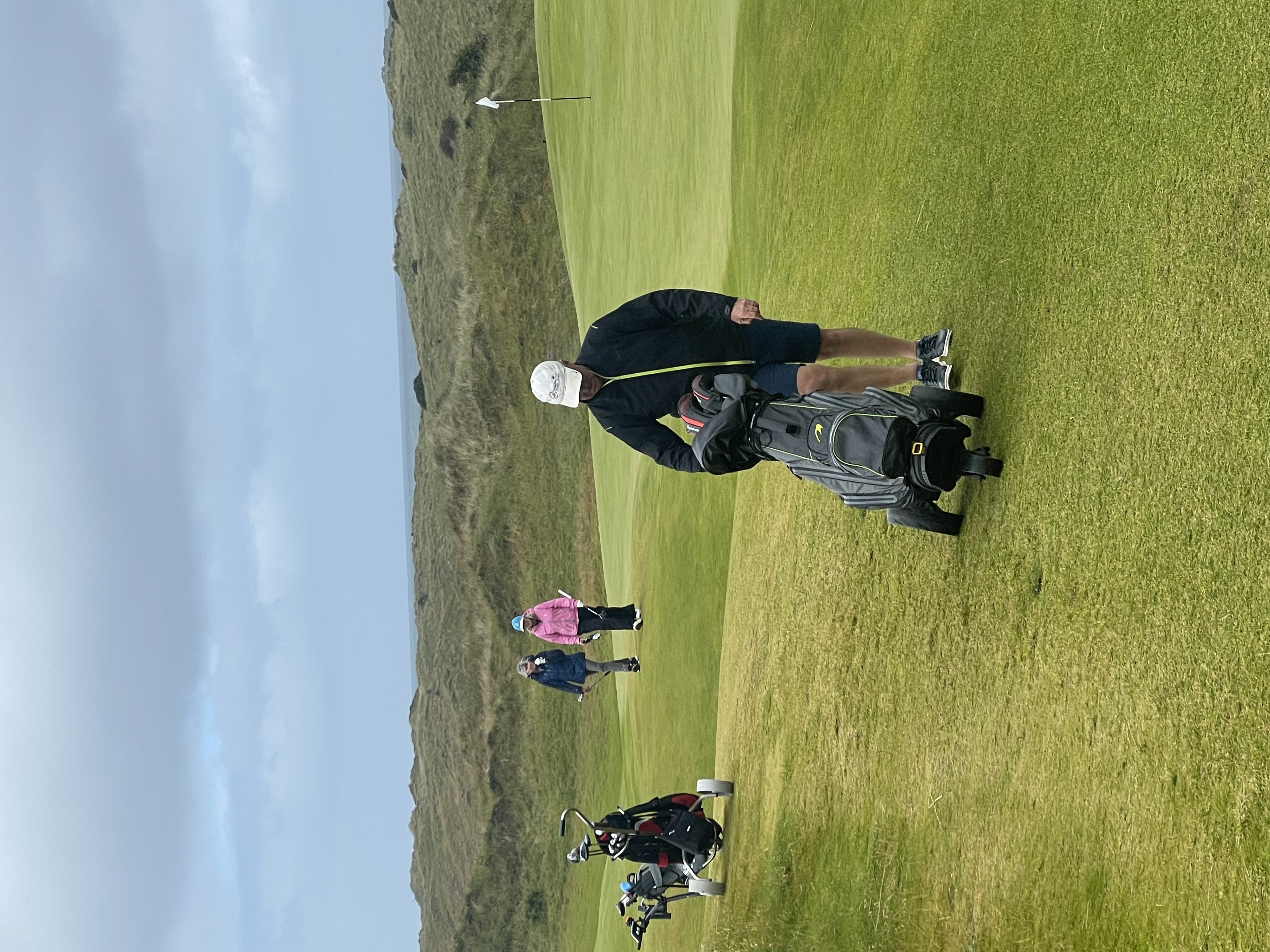
Paul and I didn’t know it at the time, but the man who took our photo after we finished was Sir Anthony Peter McCoy, a famous jockey and 2010 BBC Sports Personality of the Year. Sue said he was probably happy to be asked to take a picture for us rather than with us.
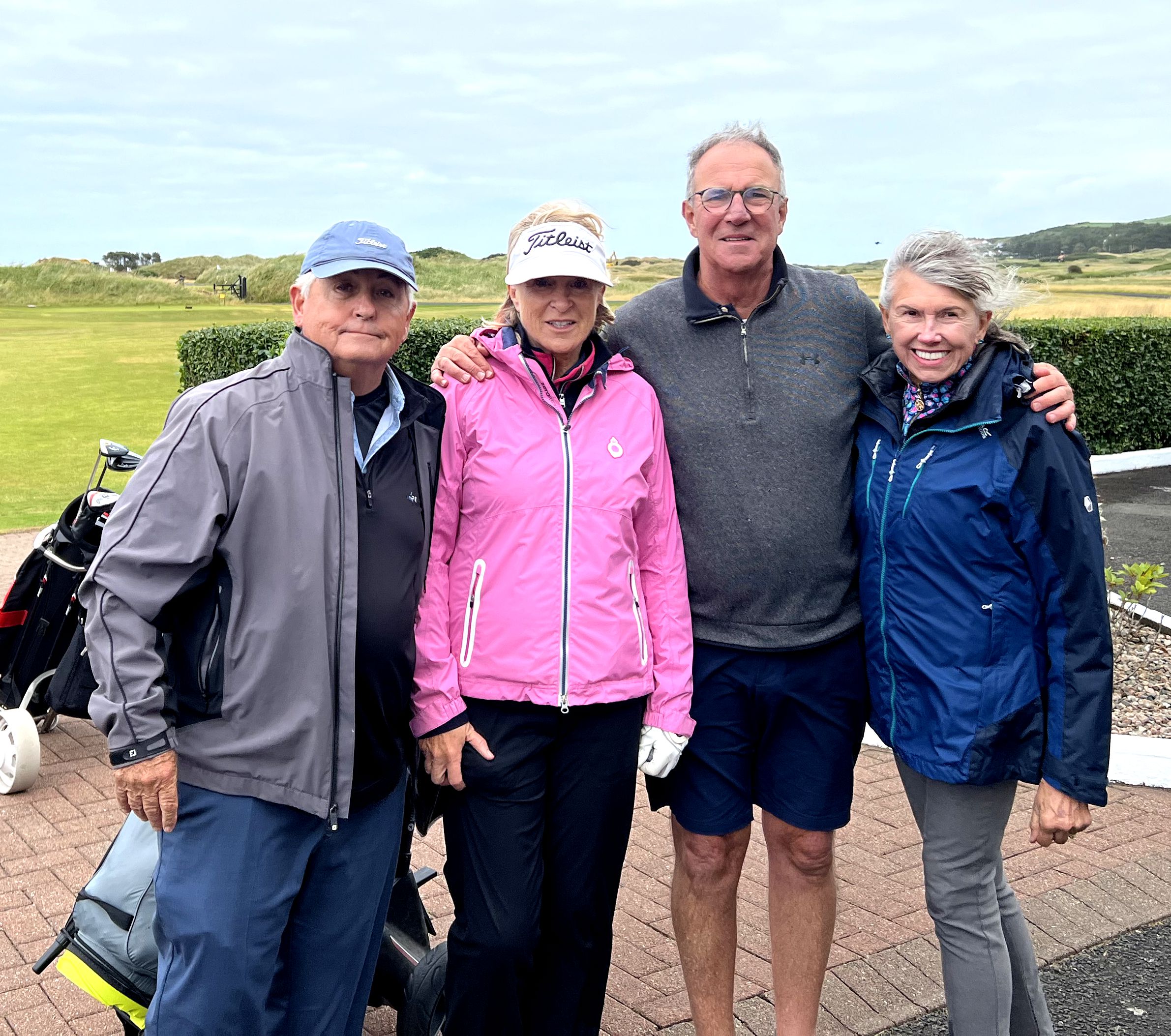
Sue and Dave, invited us to play with them at Malone Golf Club, their course in Belfast, the day after we played with them at Portrush. After playing all links courses, it was fun to play their beautiful parkland course.
The stunning tree-lined entrance and stately 19th century club house showed us a side of Belfast we had not seen before.

Golfing on a beautiful course in almost perfect weather with great people was a perfect way to end our Ireland journey.
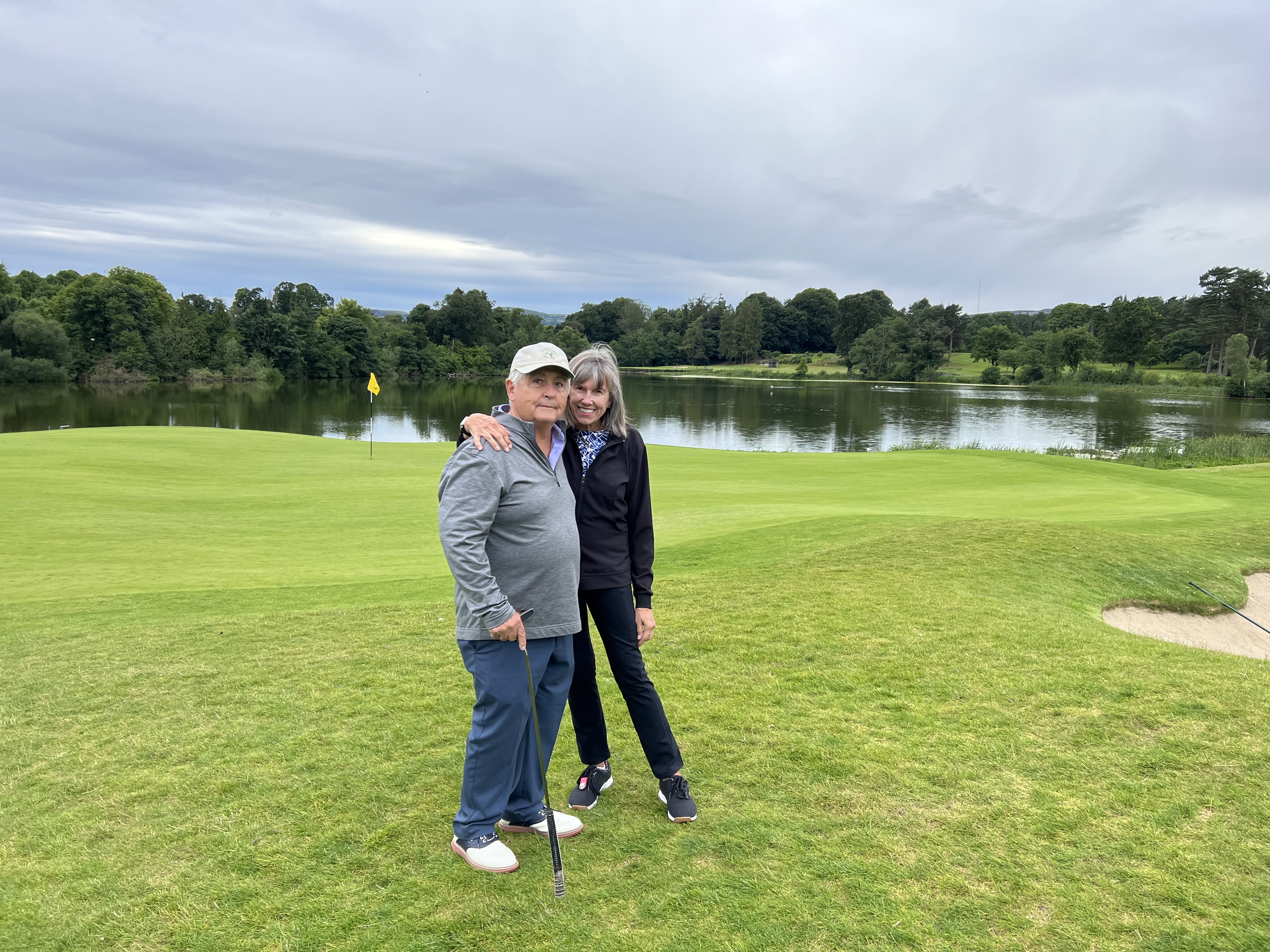
Time to Go Home
Before flying home from Dublin, we made a short stop in Newcastle, a small seaside resort town, and stayed in the Conlyn House, the B&B we had loved two years ago. Maria, our thoughtful host, gave us the same room overlooking the ocean and the mountains in the distance.
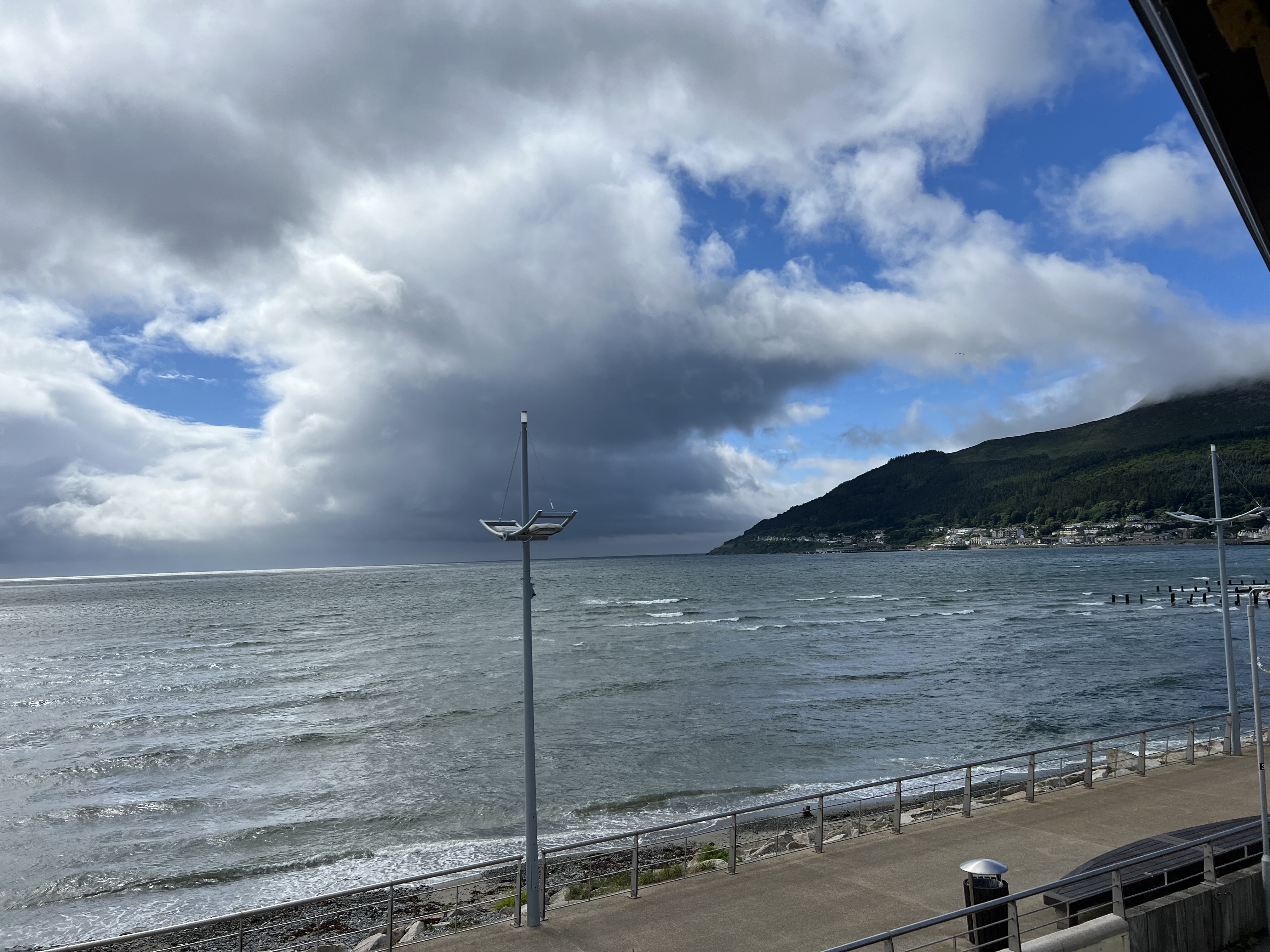
As with all great trips, we are looking forward to going home but sad to leave this wonderful country. We returned to Northern Ireland because we loved the beautiful nature, friendly people, complex history and cool weather. After a wonderful three weeks here, we are going home with treasured new memories.

